
Cadmium red
What color is Cadmium red? What are the examples of Cadmium red color in everyday life? What looks best in Cadmium red? What strange or uncommon things can be of the Cadmium red color? What color is similar to cadmium red? What does the color cadmium red represent? The Cadmium Red Revolution
What color is Cadmium red?
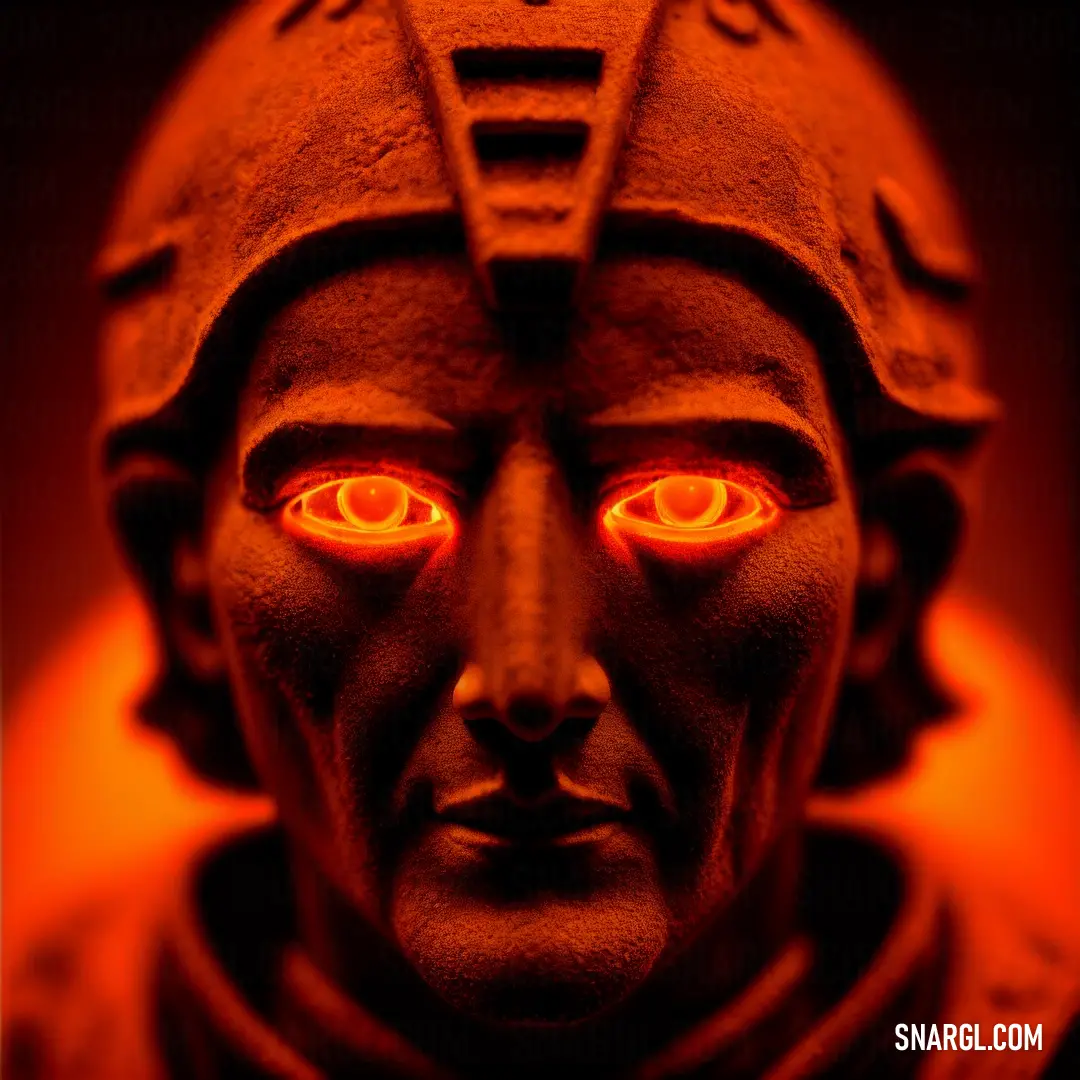
Cadmium pigments are a class of inorganic compounds that contain the element cadmium, which is a heavy metal with a high toxicity.
They are used in various applications, such as artists' paints, plastics, and specialty paints, because they have good lightfastness, tinting power, and resistance to high temperatures.
However, they also pose health and environmental risks, especially when inhaled or ingested.
Cadmium red is one of the most common cadmium pigments, along with cadmium yellow and cadmium orange.
It is a mixture of cadmium sulfide and cadmium selenide, which have different proportions of sulfur and selenium.
The more selenium, the more orange the hue; the more sulfur, the more yellow.
Cadmium red has a hue angle of 351 degrees, a saturation of 100%, and a lightness of 44.5% in the HSL color space.
In the RGB color space, it has a hexadecimal code of #E30022, which means it has 89.02% red, 0% green, and 13.33% blue.
In the CMYK color space, this color has 0% cyan, 100% magenta, 85% yellow, and 11% black.
Cadmium red was first produced in the late 19th century as a synthetic alternative to the natural vermilion, which was made from mercury sulfide and had poor lightfastness and high toxicity.
It became popular among artists, especially in the early 20th century, as it offered a vibrant and stable red color that could not be achieved by other pigments.
Some famous artists who used cadmium red include Henri Matisse, Pablo Picasso, Vincent van Gogh, and Mark Rothko.
Cadmium red is still widely used today, despite the availability of safer and cheaper alternatives, such as organic pigments or digital colors.
Some artists prefer this color for its unique qualities and historical significance.
However, cadmium red should be handled with care and disposed of properly, as it can cause serious health problems and environmental damage.
Example of the palette with the Cadmium red color
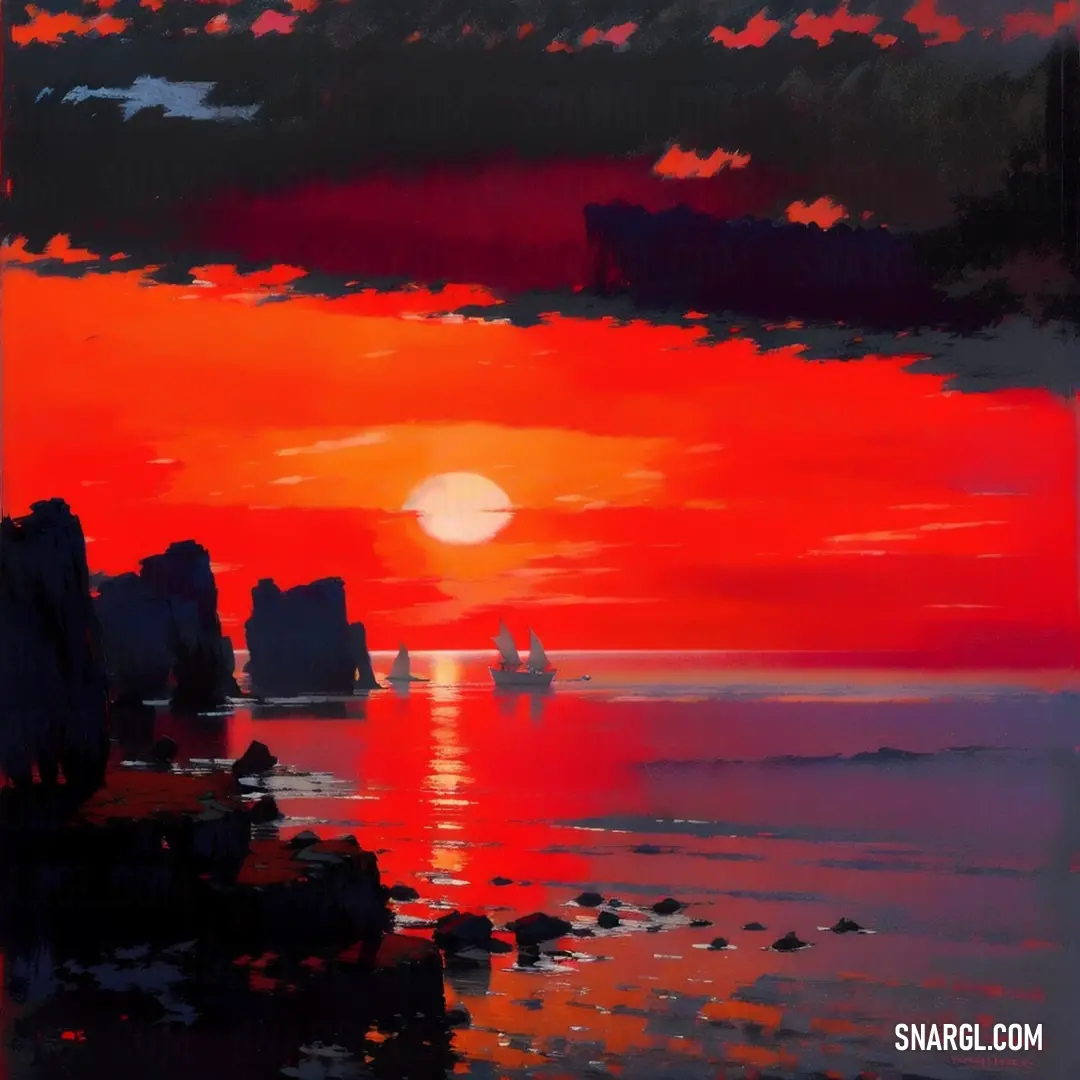
Click to see these colors in NCS, PANTONE, RAL palettes...
What are the examples of Cadmium red color in everyday life?
It is made from cadmium sulfide and selenium, which are toxic metals.
Cadmium red has a high tinting strength and opacity, which means it can cover other colors easily.
It also has good lightfastness, which means it does not fade over time when exposed to light.
Some examples of cadmium red color in everyday life are:
Fire engines: Many fire engines are painted with cadmium red or a similar shade of red, because it is a very visible and attention-grabbing color.
Red is also associated with danger, urgency and alertness, which are appropriate for fire-fighting vehicles.Traffic lights: The red light in traffic signals is often made from cadmium red or a similar hue, because it is a very bright and clear color that can be seen from a distance.
Red is also used to indicate stop, warning and prohibition, which are important for road safety.Lipstick: Some lipstick shades are based on cadmium red or a similar tone, because it is a very flattering and attractive color for many skin tones.
Red is also a symbol of passion, romance and confidence, which are desirable qualities for many people.Flags: Some national flags use cadmium red or a similar color as one of their main colors, such as the flag of China, the flag of Canada, the flag of Switzerland and the flag of Turkey.
Red is often used to represent blood, sacrifice, courage and revolution, which are significant for many countries' histories and identities.Art: Many artists use cadmium red or a similar shade in their paintings, sculptures and other artworks, because it is a very expressive and dynamic color that can create contrast, harmony and mood.
Some famous examples of artworks that use cadmium red are Broadway Boogie Woogie by Piet Mondrian, Mural by Jackson Pollock, Alchemy by Jackson Pollock and The Scream by Edvard Munch.
Example of the palette with the Cadmium red color
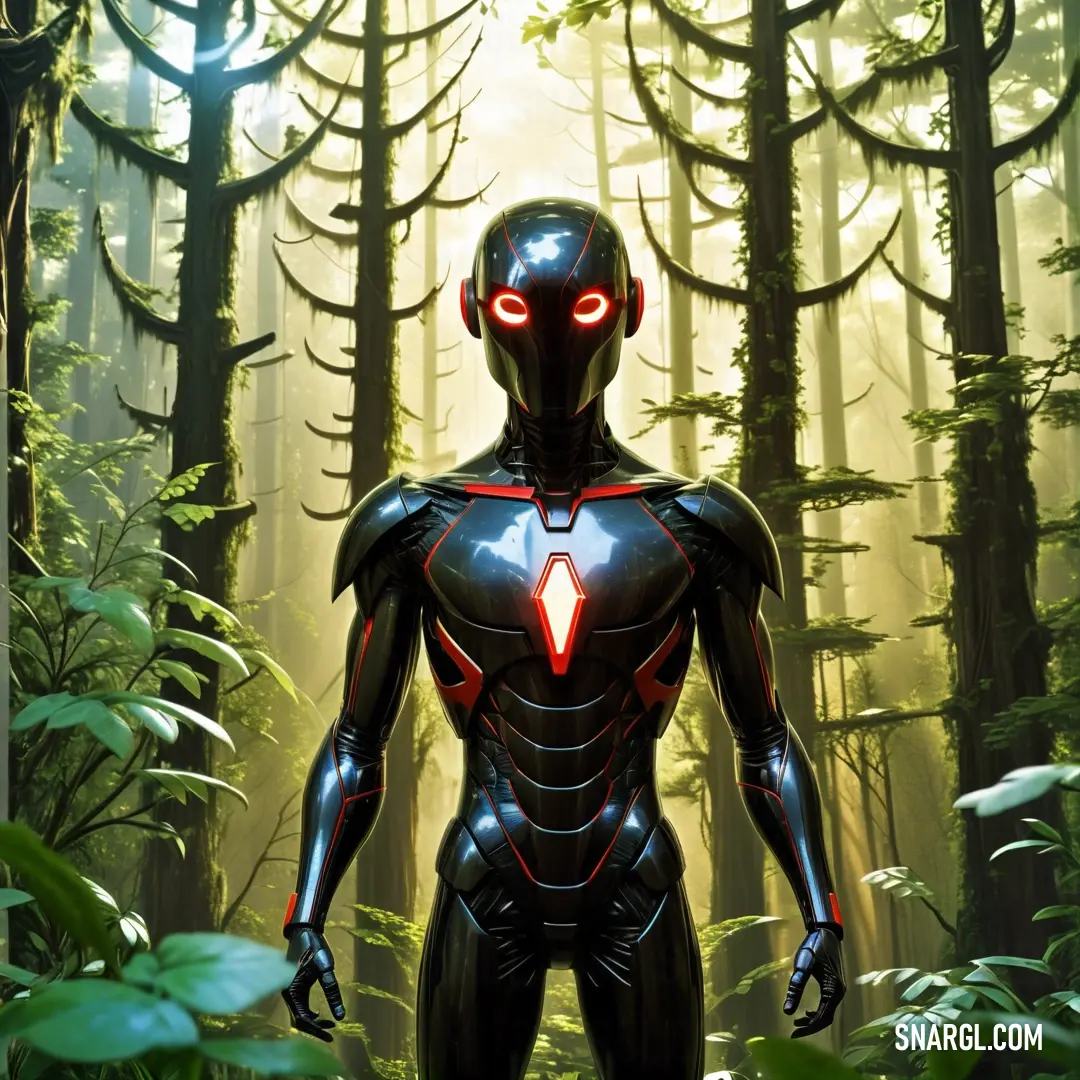
Click to see these colors in NCS, PANTONE, RAL palettes...
Example of the palette with the Cadmium red color

Click to see these colors in NCS, PANTONE, RAL palettes...
What looks best in Cadmium red?
Example of the palette with the Cadmium red color
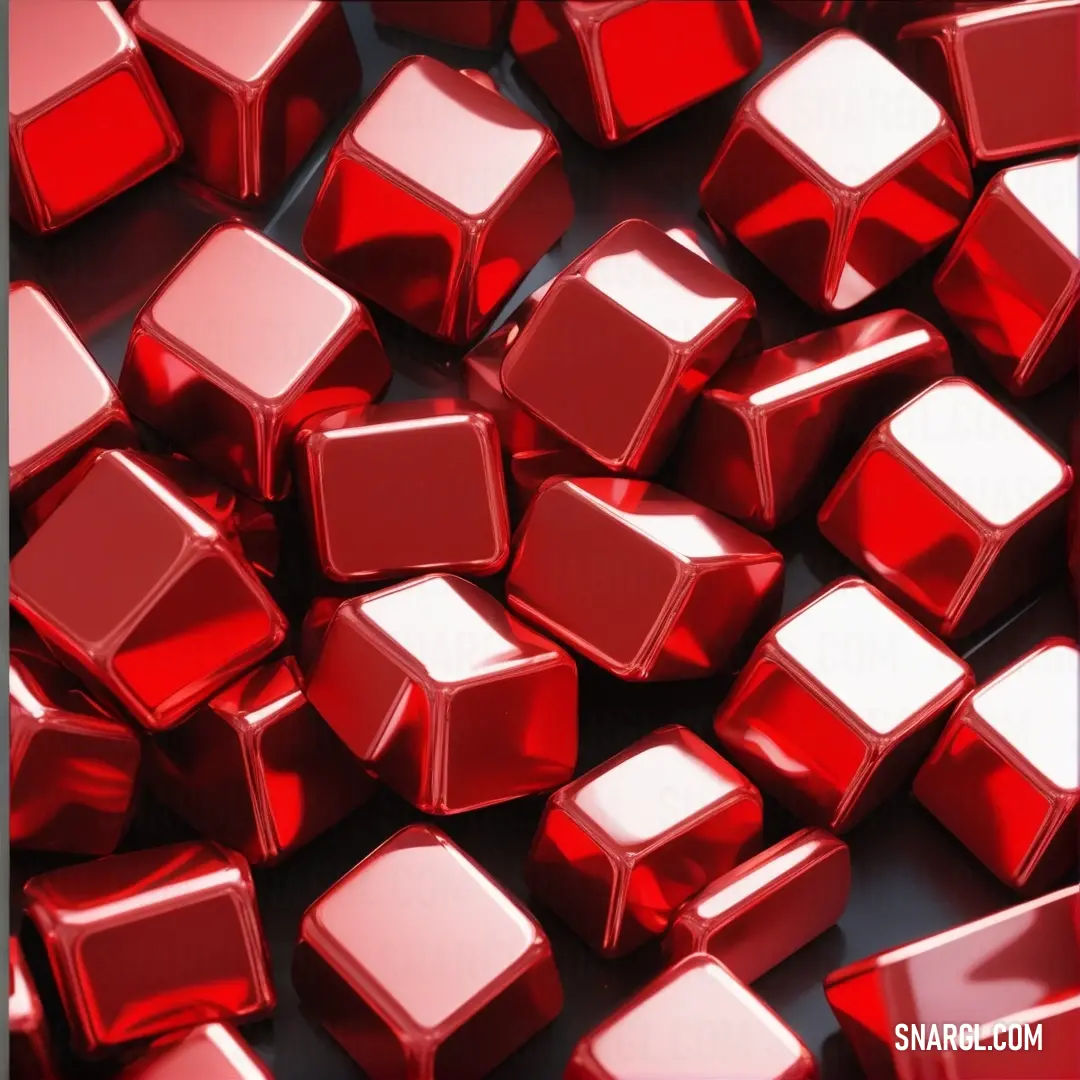
Click to see these colors in NCS, PANTONE, RAL palettes...
Example of the palette with the Cadmium red color
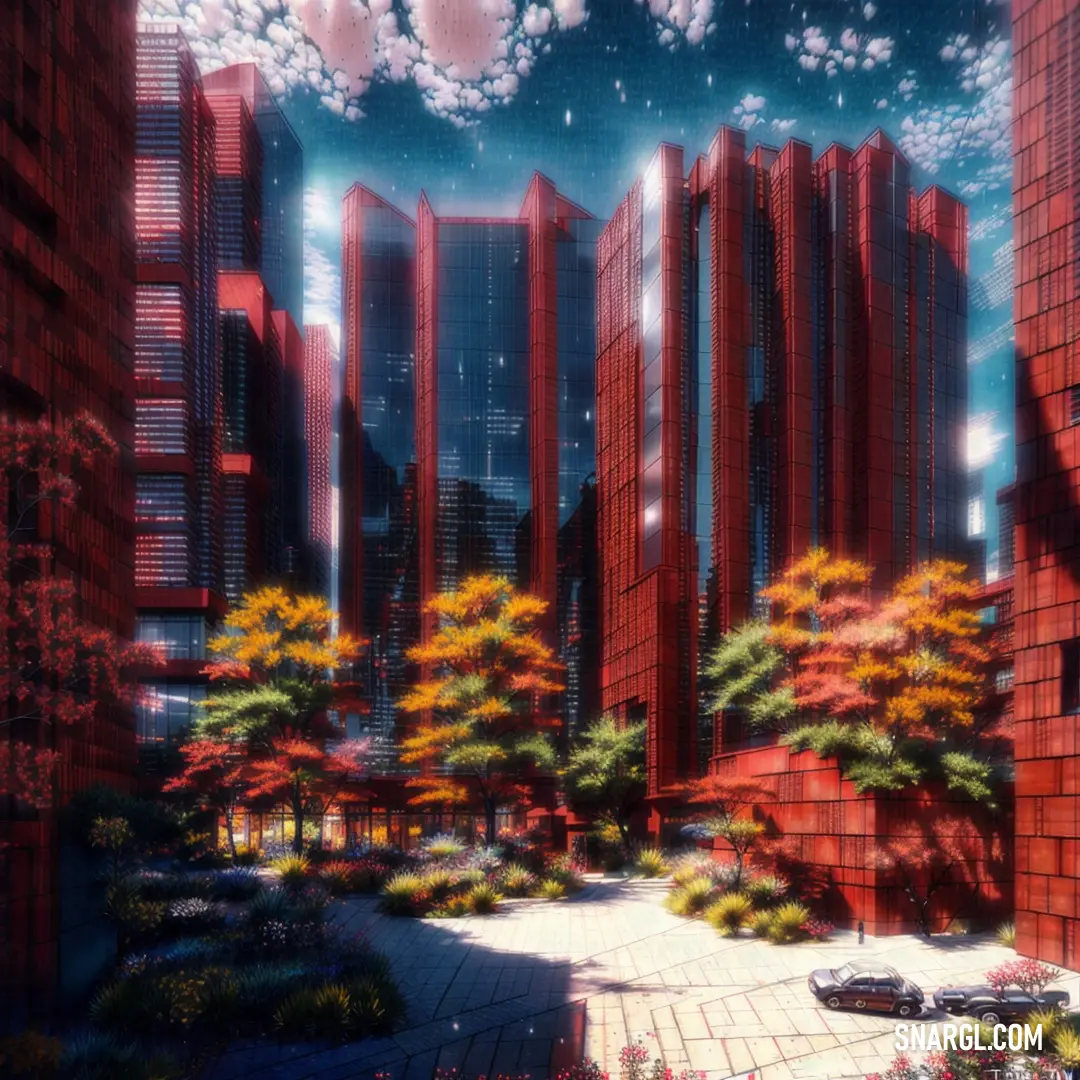
Click to see these colors in NCS, PANTONE, RAL palettes...
What strange or uncommon things can be of the Cadmium red color?
What color is similar to cadmium red?
Example of the palette with the Cadmium red color

Click to see these colors in NCS, PANTONE, RAL palettes...
Example of the palette with the Cadmium red color
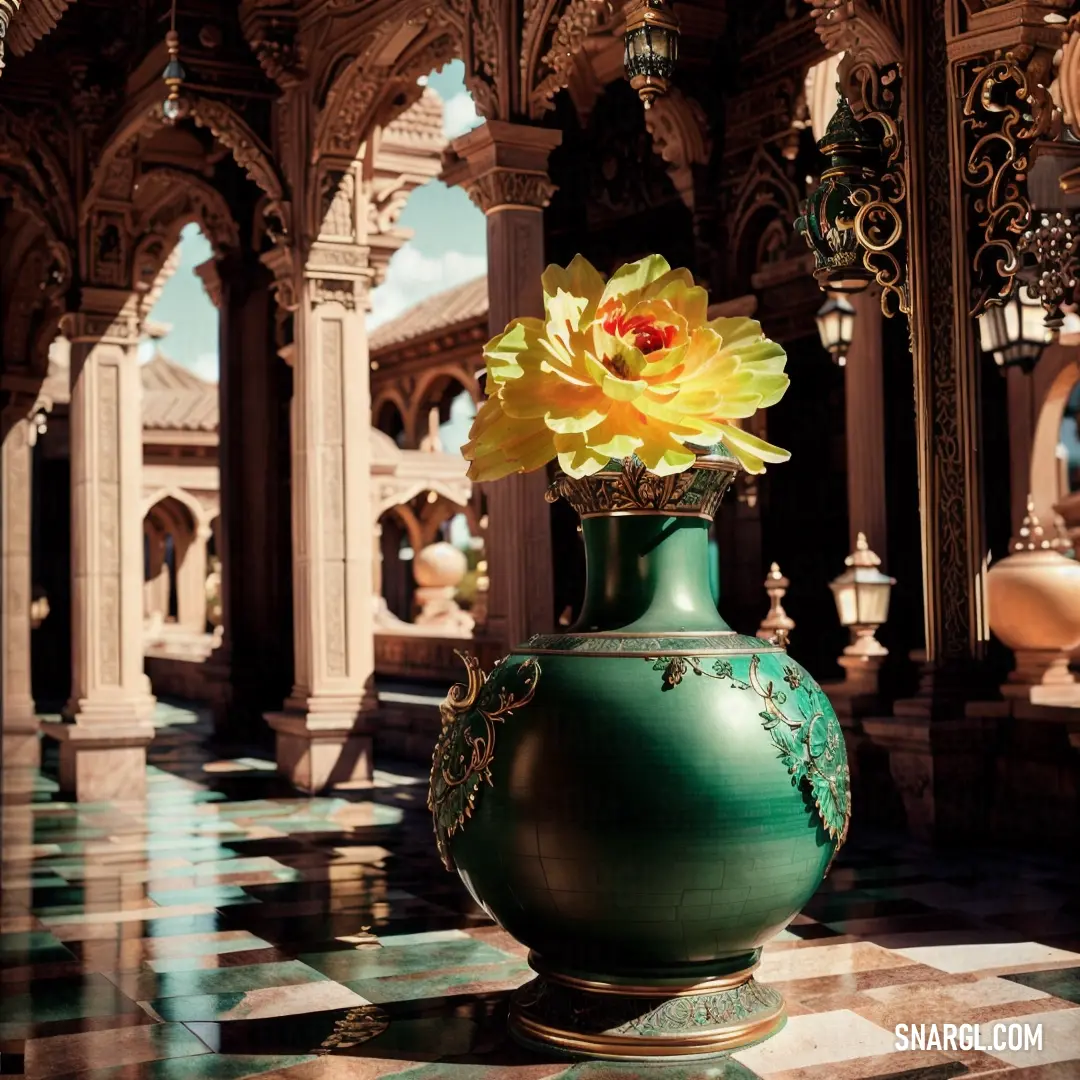
Click to see these colors in NCS, PANTONE, RAL palettes...
What does the color cadmium red represent?
Example of the palette with the Cadmium red color
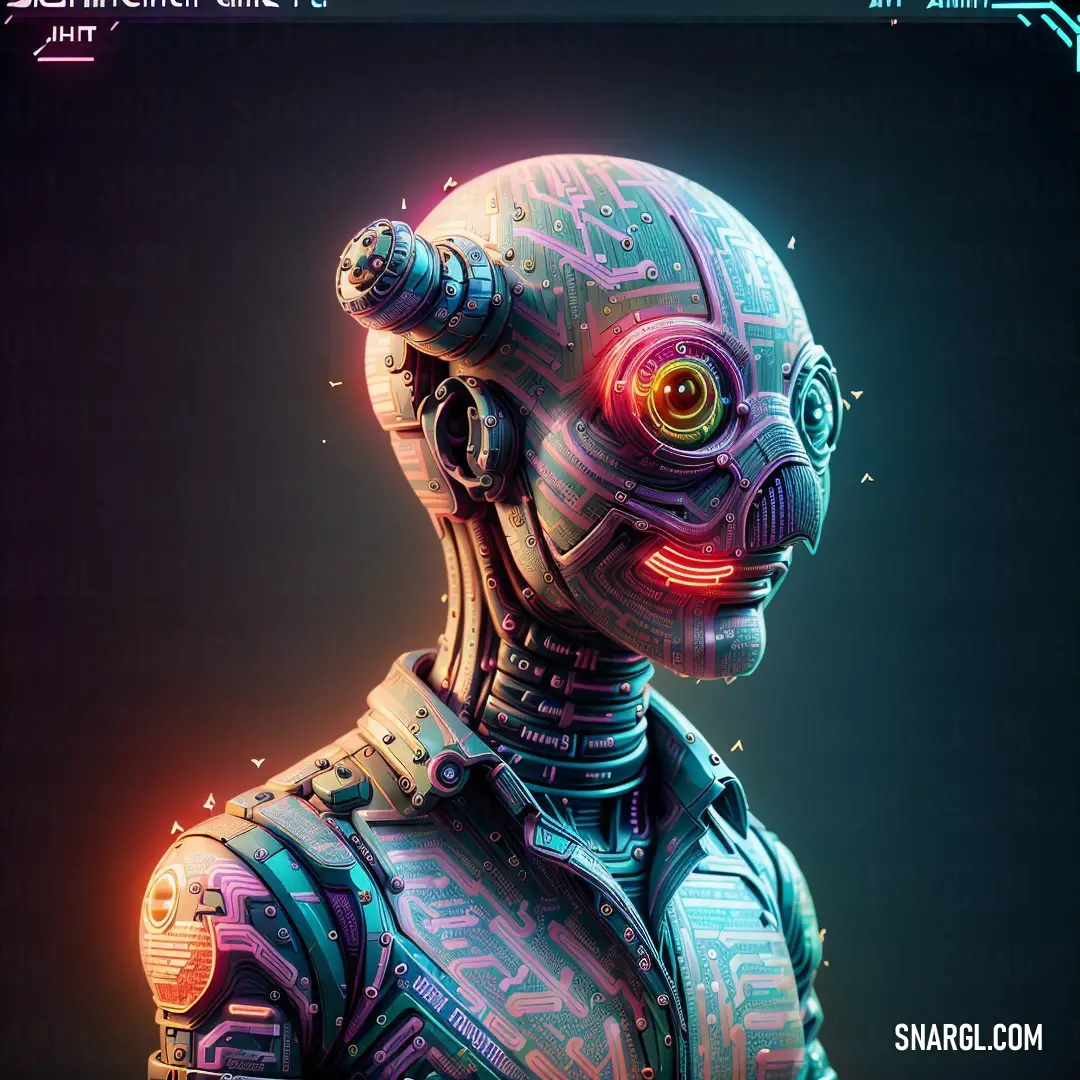
Click to see these colors in NCS, PANTONE, RAL palettes...
The Cadmium Red Revolution
Duncan was known for his experimental farming techniques. He once grew square watermelons just to see if he could. Jacob, on the other hand, was famous for his whimsical stories that often featured talking animals and enchanted forests. Despite their different professions, the two shared a love for creativity and a good laugh.
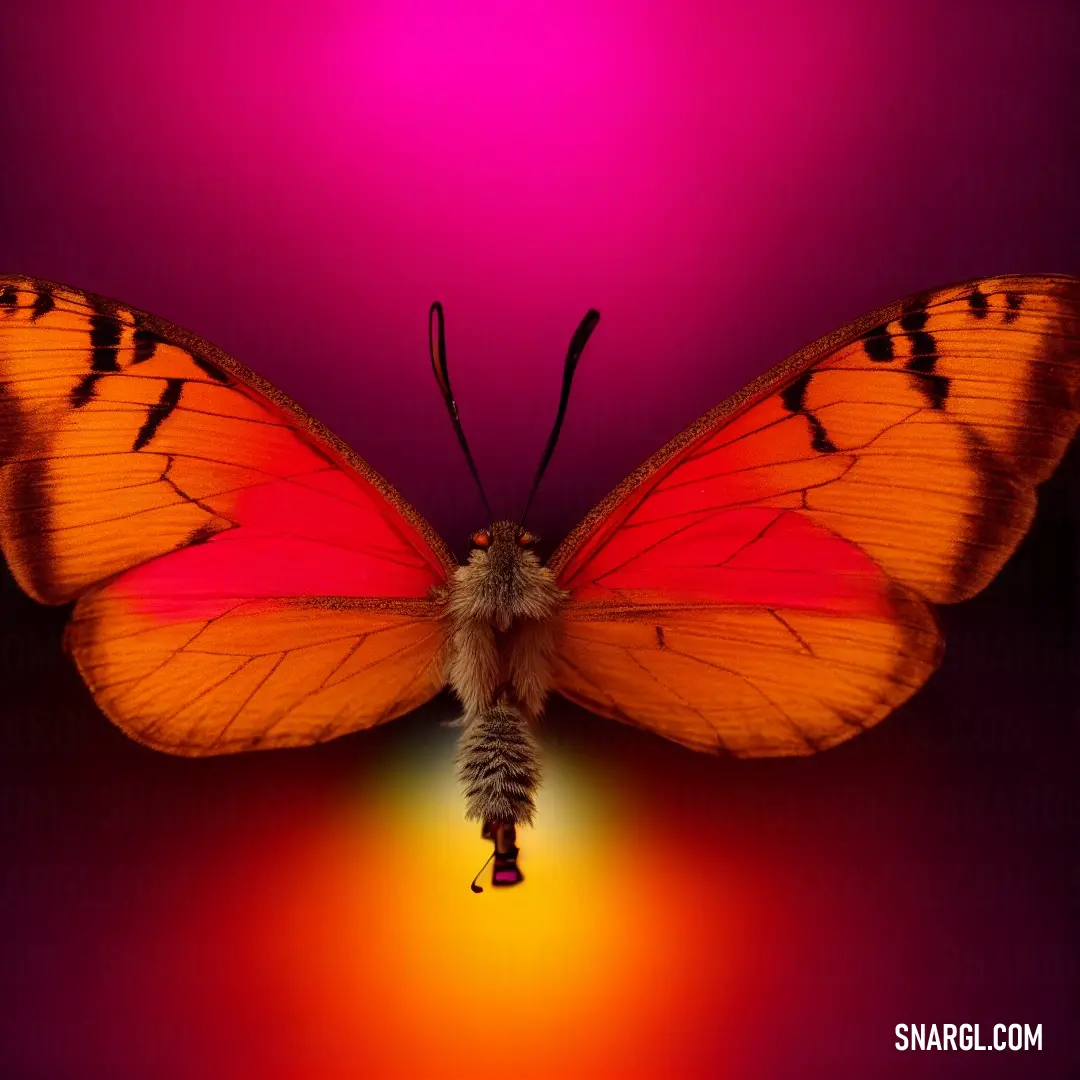
One sunny afternoon, as Duncan was tending to his crops, he received a letter from Jacob. It read:
"Dear Duncan,
I have stumbled upon a color so vibrant, so revolutionary, that it could change the very essence of room design. It's called Cadmium Red. Meet me at the old barn at sunset.
Yours creatively,
Jacob"
Intrigued, Duncan finished his chores and made his way to the barn. There, he found Jacob standing beside a large, covered canvas. With a flourish, Jacob unveiled it to reveal a room painted entirely in Cadmium Red.
"Duncan, my friend," Jacob began, "this is not just a color. It's a statement. It's bold, it's daring, and it's exactly what the world needs right now."
Duncan scratched his head. "It's certainly... red. But how is this going to revolutionize room design?"

Jacob grinned. "Imagine this: a room so vibrant that it energizes anyone who steps inside. A room that sparks creativity and passion. Cadmium Red is the key!"
Duncan, always up for a challenge, decided to test Jacob's theory. He painted his entire farmhouse in Cadmium Red. The walls, the ceilings, even the furniture. The result was... striking, to say the least.
The villagers were initially shocked. "Has Duncan lost his mind?" they whispered. But soon, they noticed something remarkable. Duncan's farm began to thrive like never before. His crops were more bountiful, his animals healthier, and his spirits higher.
Word of the Cadmium Red farmhouse spread, and soon people from neighboring villages came to see the spectacle. Jacob, ever the opportunist, began writing a series of stories about the magical properties of Cadmium Red. His books became bestsellers, and he was invited to speak at design conferences around the world.
One day, a famous interior designer named Isabella Fontaine visited Verdant Valley. She was skeptical at first but was soon won over by the charm of the Cadmium Red farmhouse. She decided to incorporate the color into her latest project, a luxury hotel in the city.
The hotel, aptly named "The Red Revolution," became an instant hit. Guests raved about the vibrant atmosphere and the burst of energy they felt upon entering. Cadmium Red became the hottest trend in interior design, and Duncan and Jacob were hailed as pioneers.
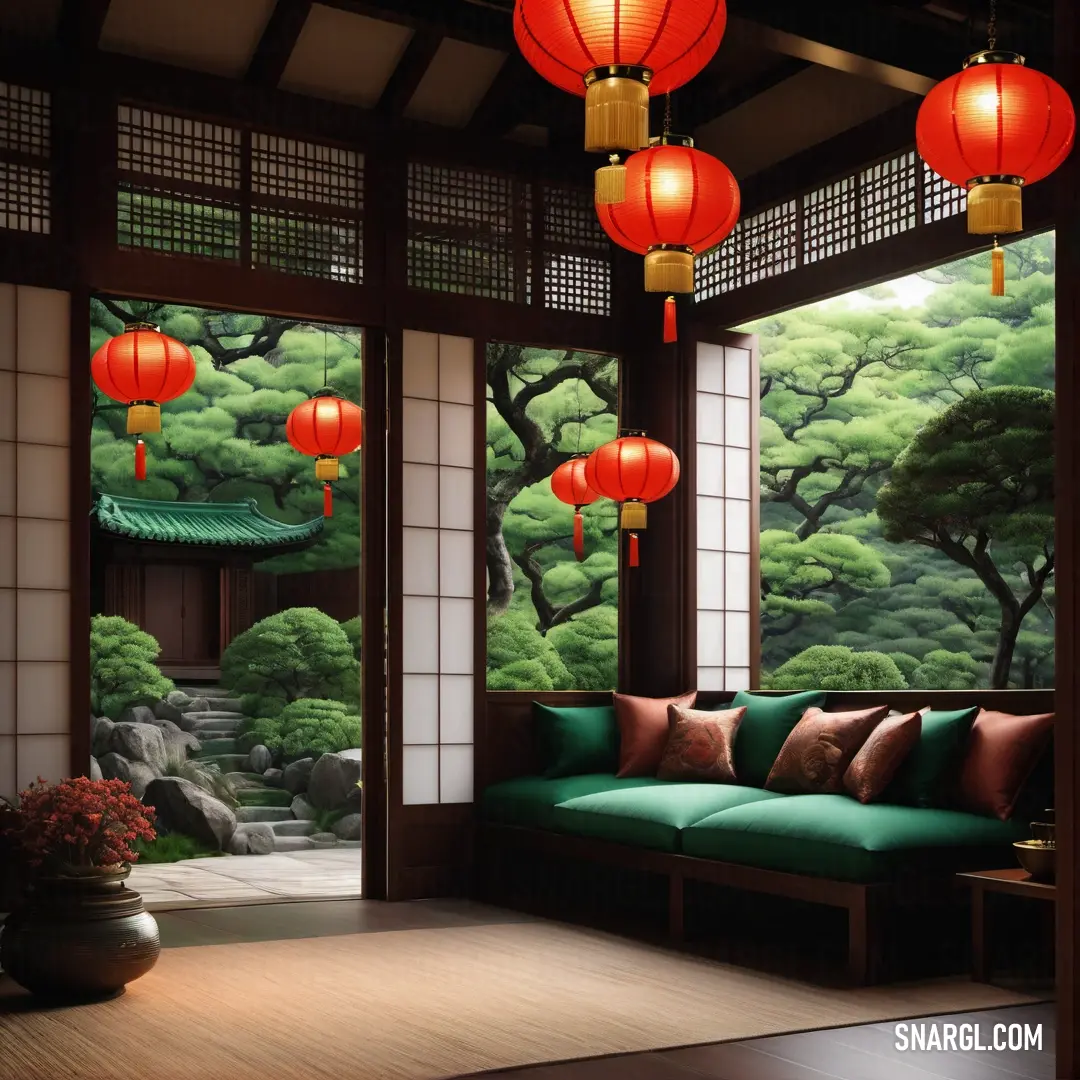
Years later, as they sat on the porch of the now-famous farmhouse, Duncan turned to Jacob and said, "Who would have thought that a simple color could change our lives?"
Jacob chuckled. "Sometimes, my friend, it's the boldest ideas that make the biggest impact."
And so, the story of Duncan Yamamoto and Jacob Jacobs became a legend in Verdant Valley, a testament to the power of creativity, friendship, and a little bit of Cadmium Red.
Read: Red Color: The Significance and Psychology Behind the Color Red
Read: Burnt Umber: The Richness and Depth of a Timeless Color
Read: Red Color: The Cardinal Hue of Passion and Power
Read: Scarlet: The Vibrant Red Color and Its Significance in Culture and Nature
Read: Red Color in Transport: Symbolism, Influence, and Practical Uses
Read: Red Color in CG: A Deep Dive into Its Meaning, Use, and Impact
Read: Red Color: The Essence and Significance of Cadmium Red
Read: Red Color: A Deep Dive into the Bold and Vibrant Candy Apple Red Shade
Read: Red Color: The Meaning, History, and Significance of Coral Red
Read: Cornell Red: The Rich History and Meaning Behind This Bold Hue
Read: Red Color: Exploring the Rich Depths of Dark Candy Apple Red
Read: Red Color: The Depth, Significance, and Impact of Dark Red Shades
Read: Red Color in Debian: A Deep Dive into the Significance and Meaning
Read: Red Color: The Bold and Vibrant Hue of Deep Carmine
Read: Red Color: Understanding the Meaning and Impact of Pastel Red
Read: The Allure of Persian Red: A Journey into the Depths of a Timeless Color
Read: Red Color: The Bold Beauty of Radical Red
Read: Red Color: Understanding the Power and Symbolism of Tractor Red
Read: Red Color: Symbolism, Impact, and Significance in Design
Read: Red Color: The Power and Symbolism of Fire Engine Red

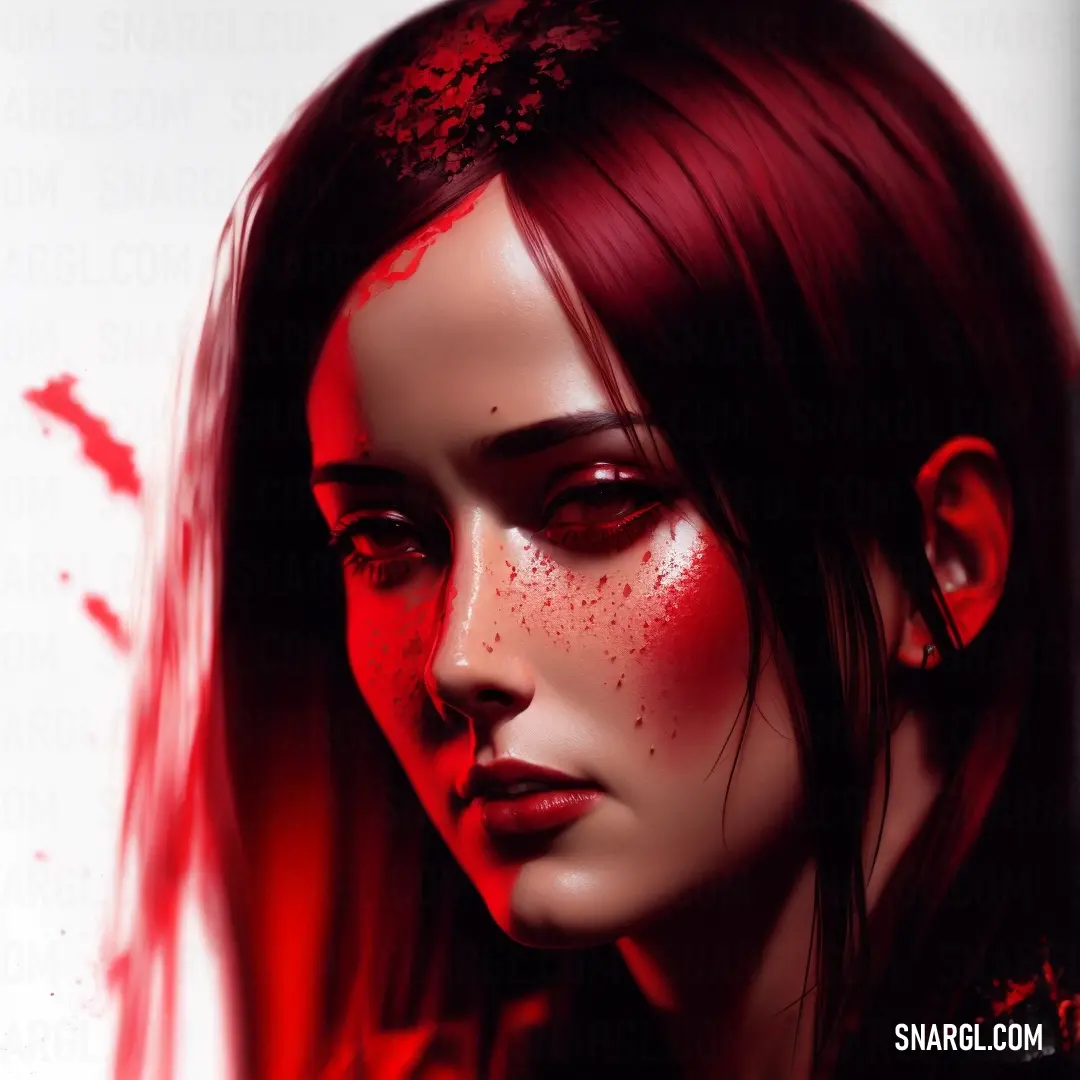
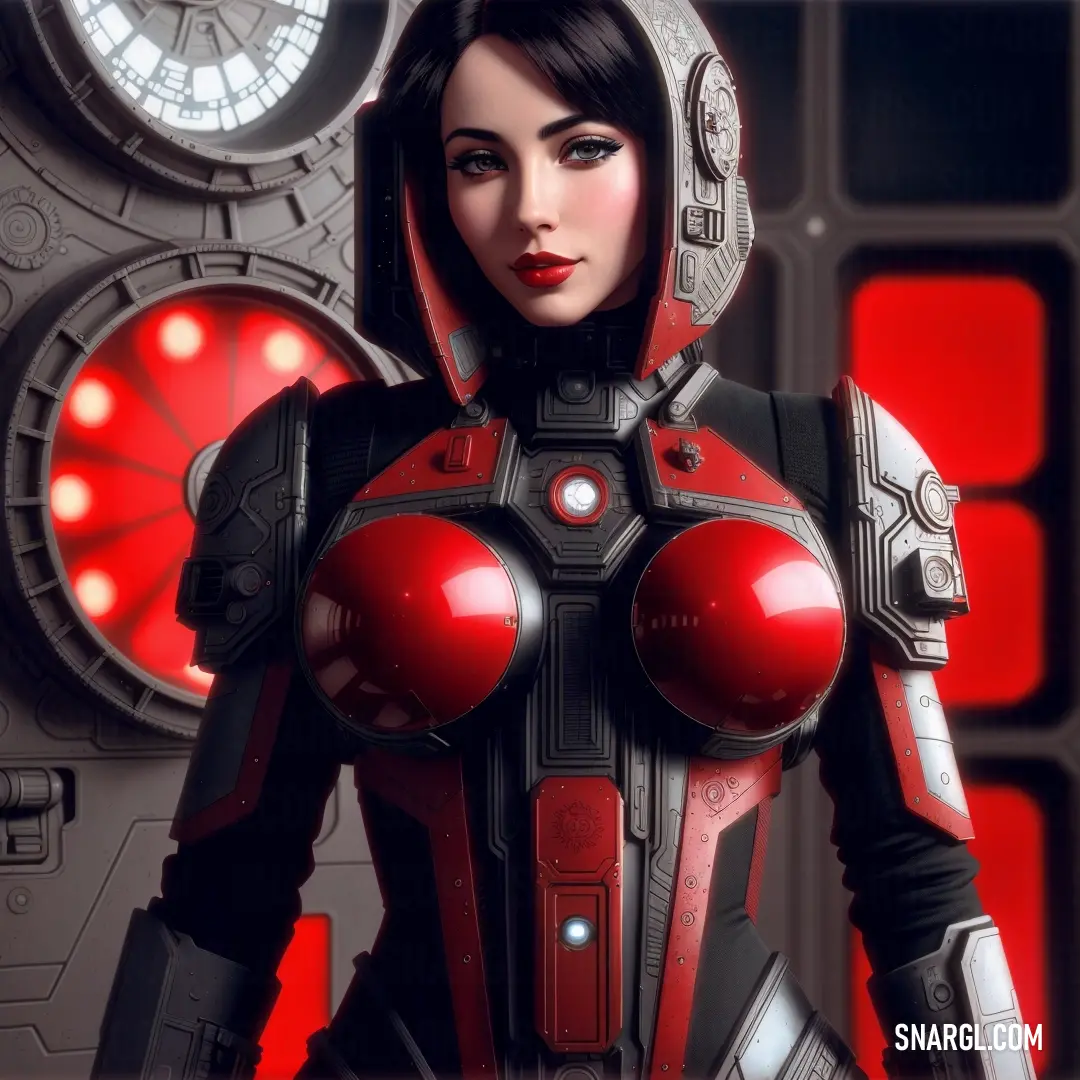
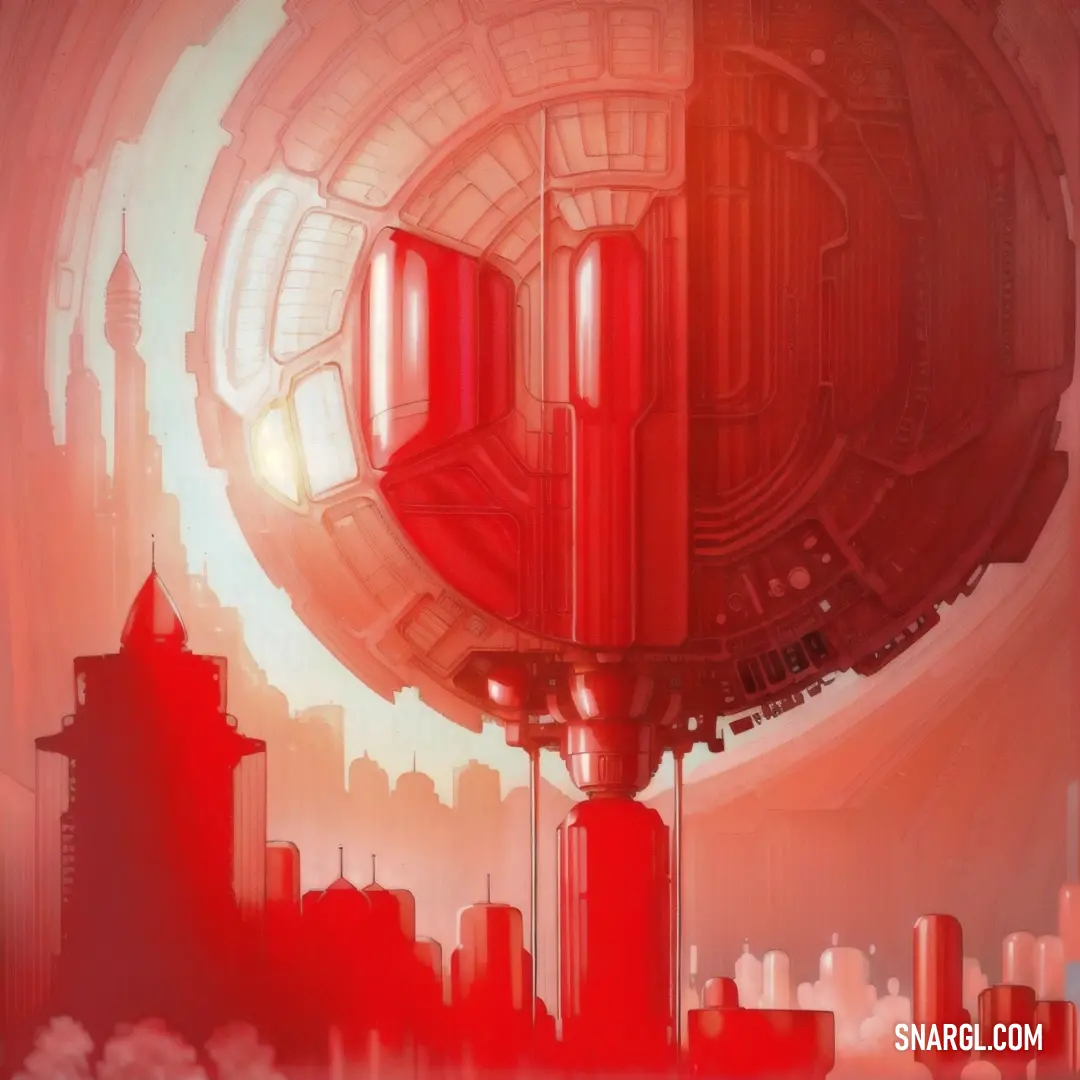

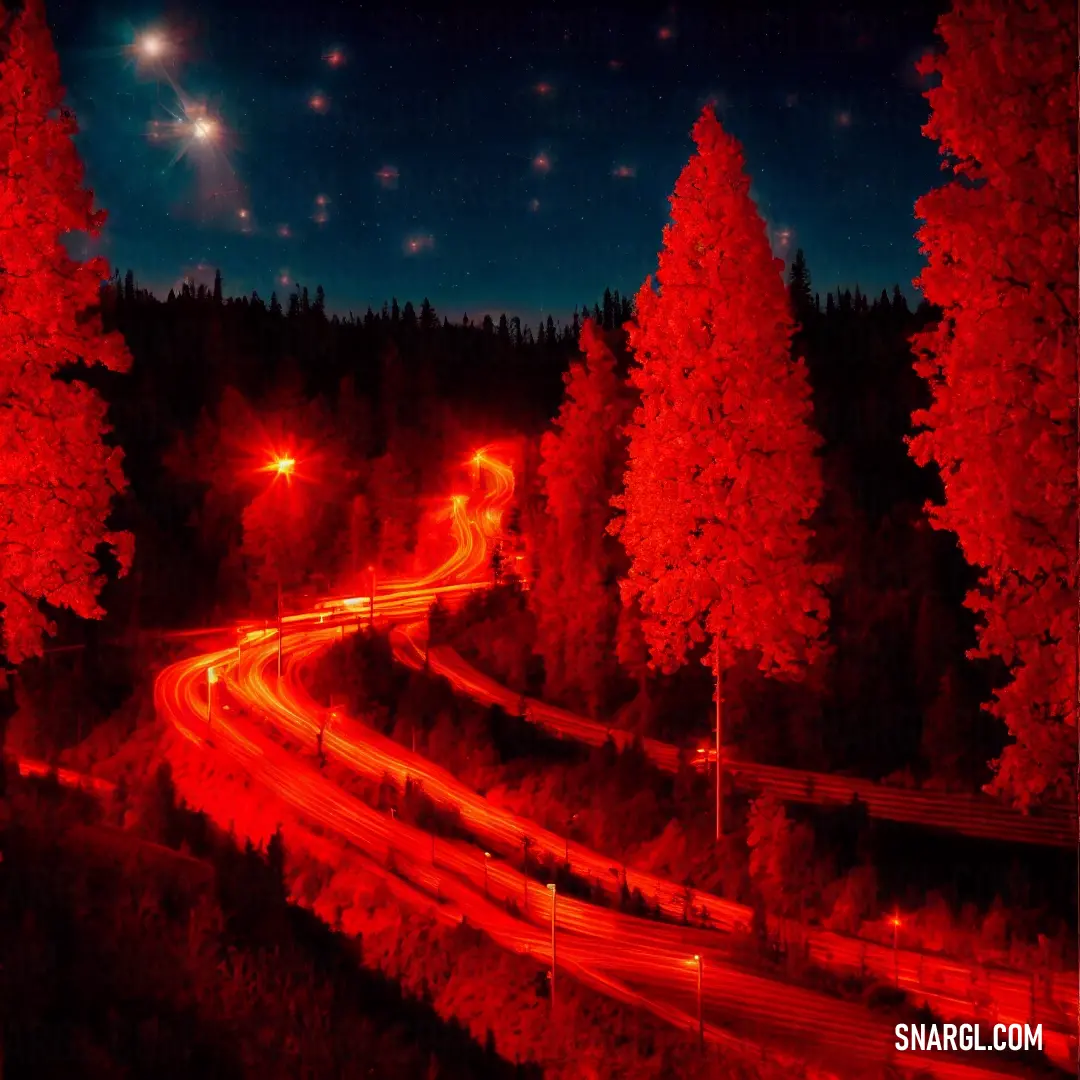
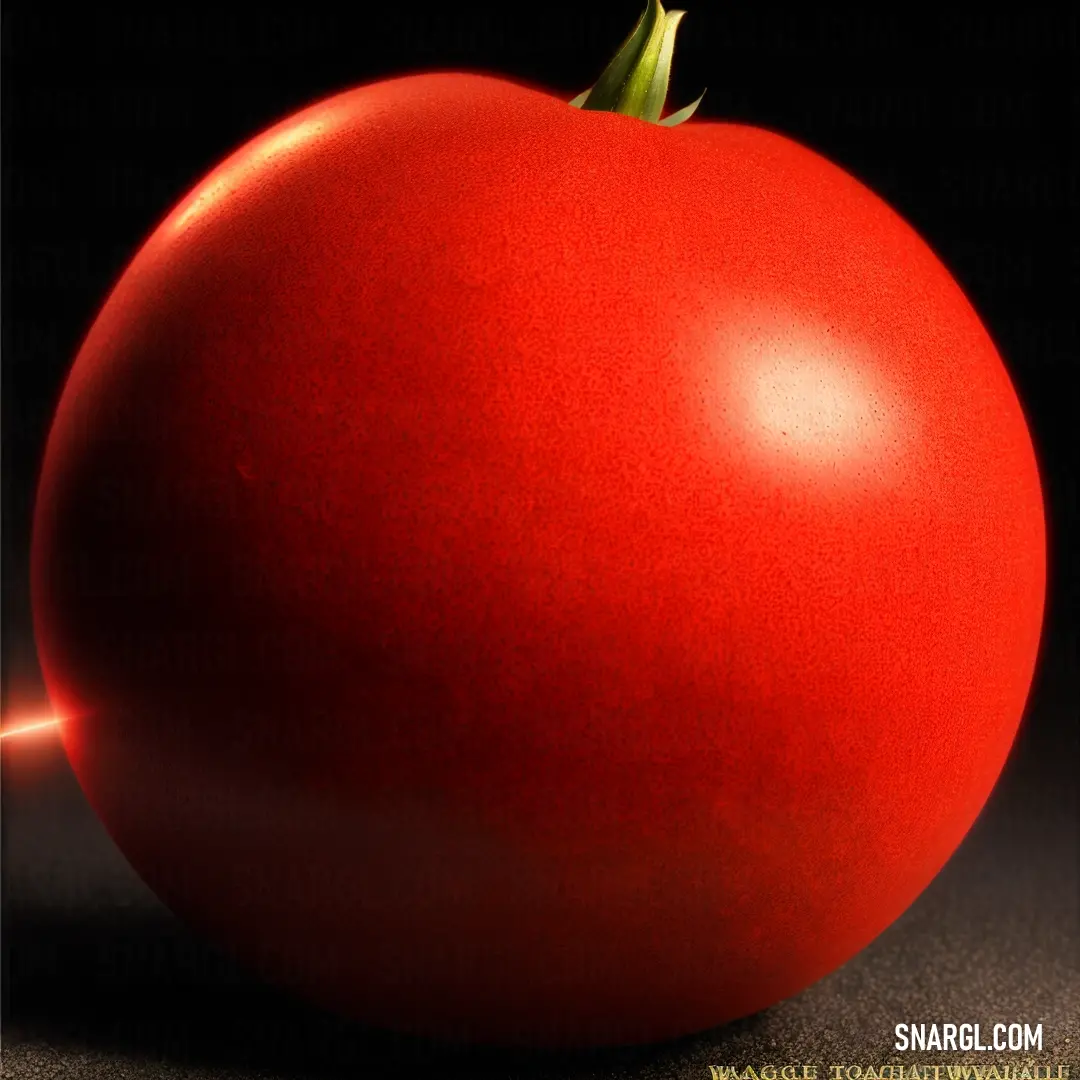

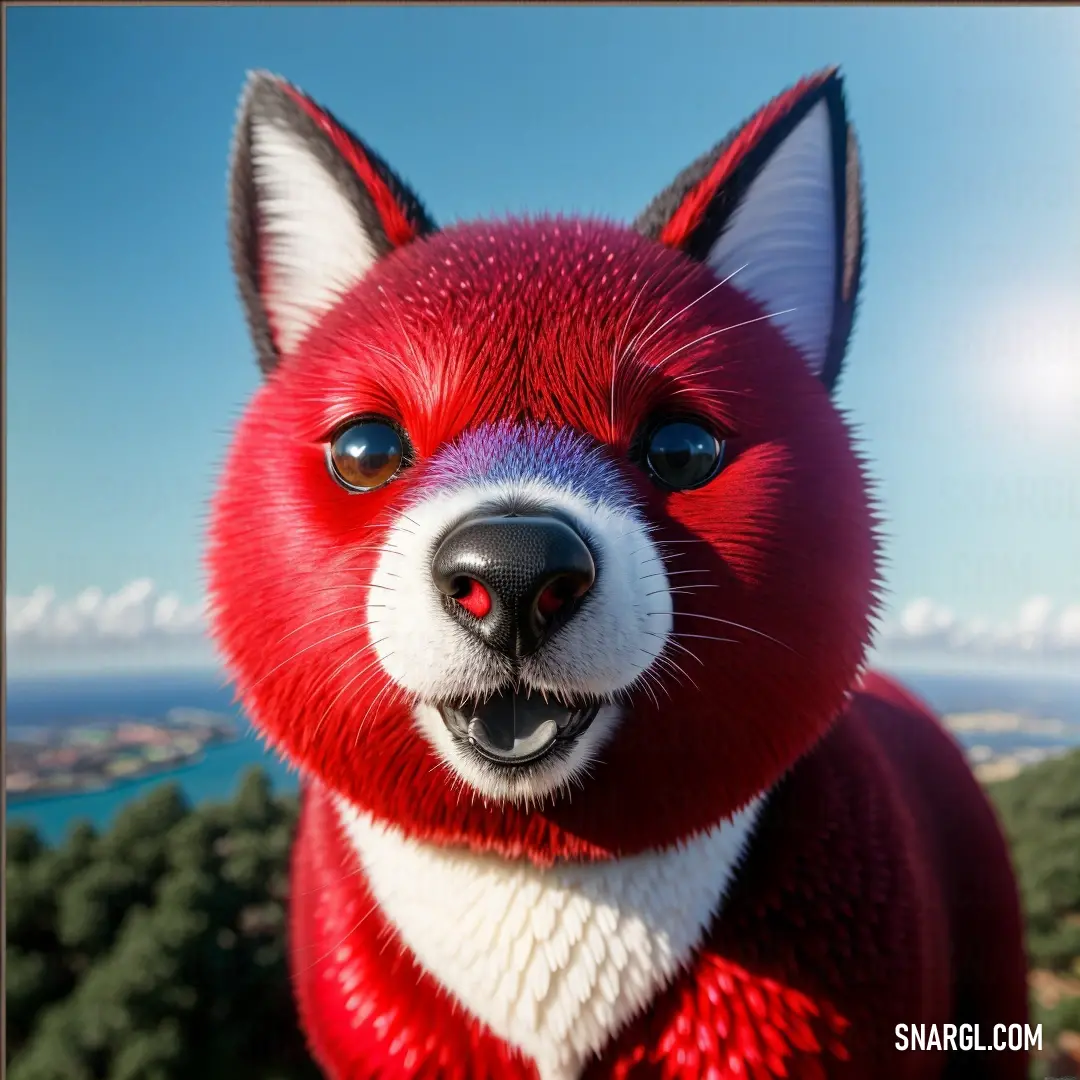
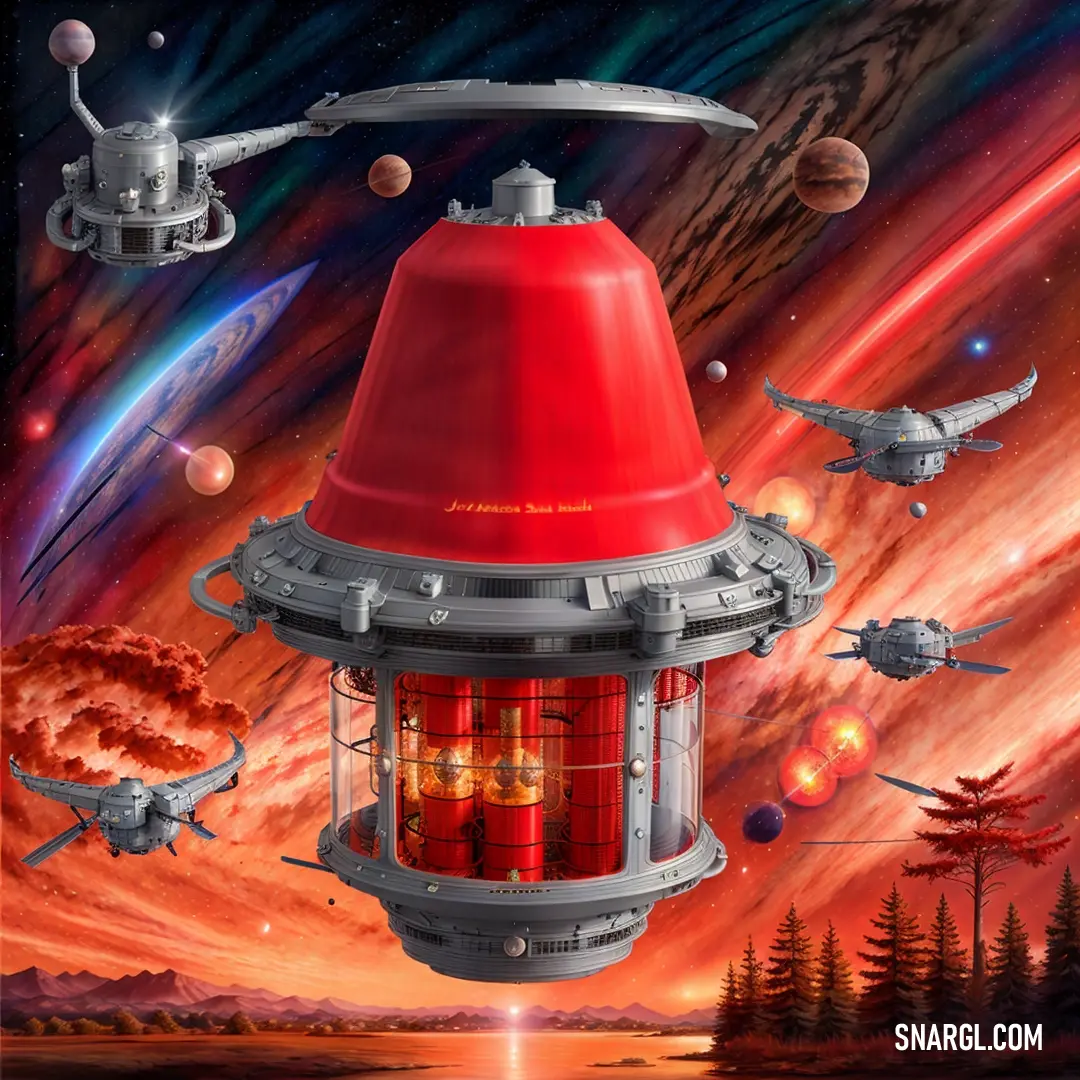
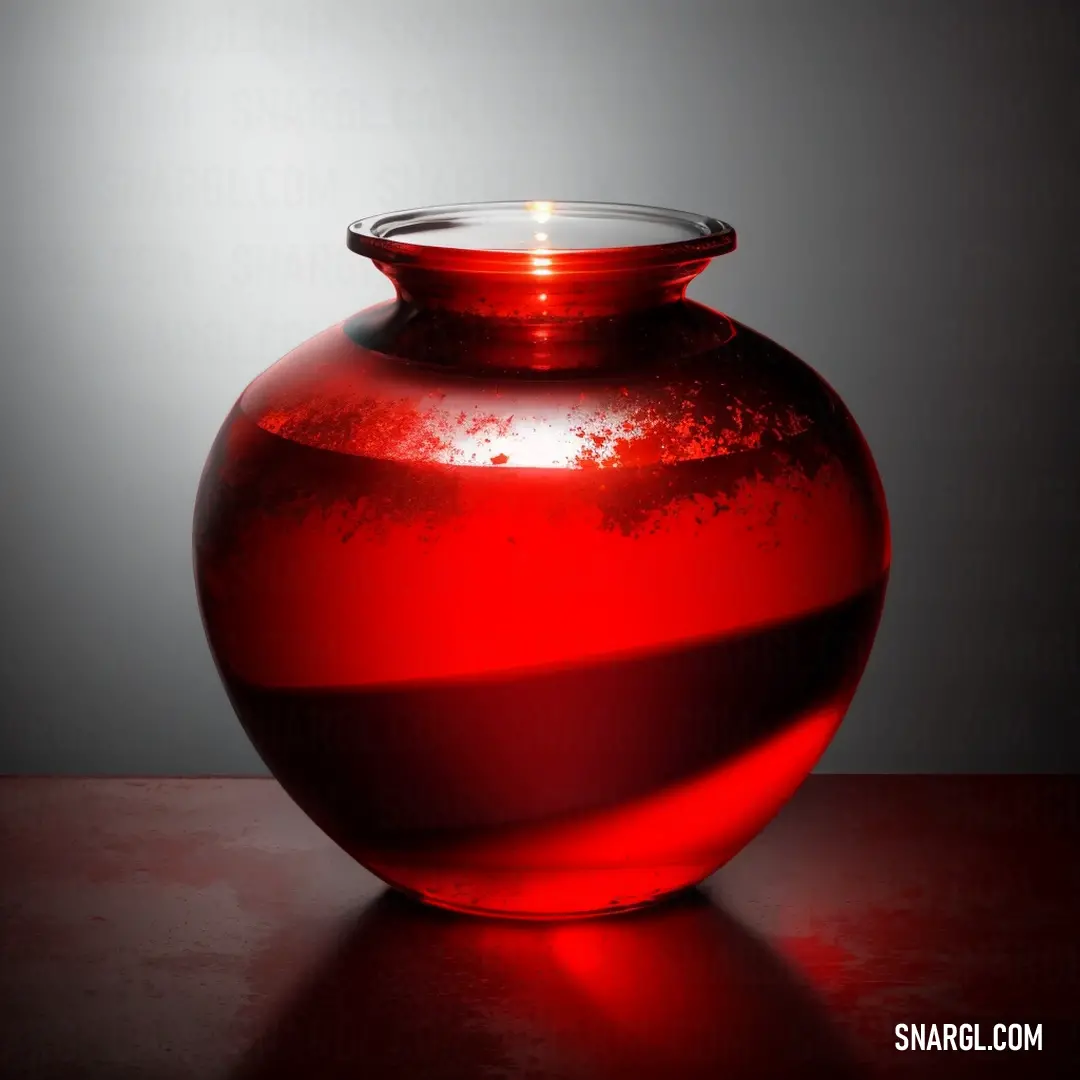
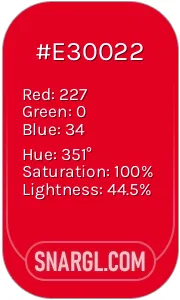 Cadmium red
Cadmium red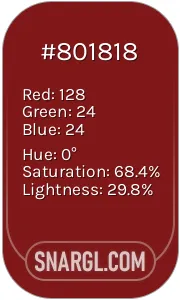 Falu red
Falu red Deep carrot orange
Deep carrot orange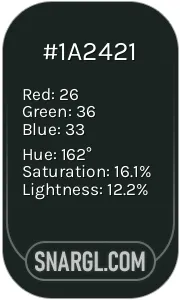 Dark jungle green
Dark jungle green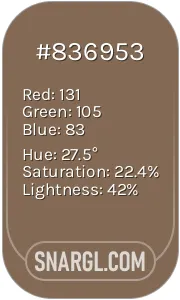 Pastel brown
Pastel brown
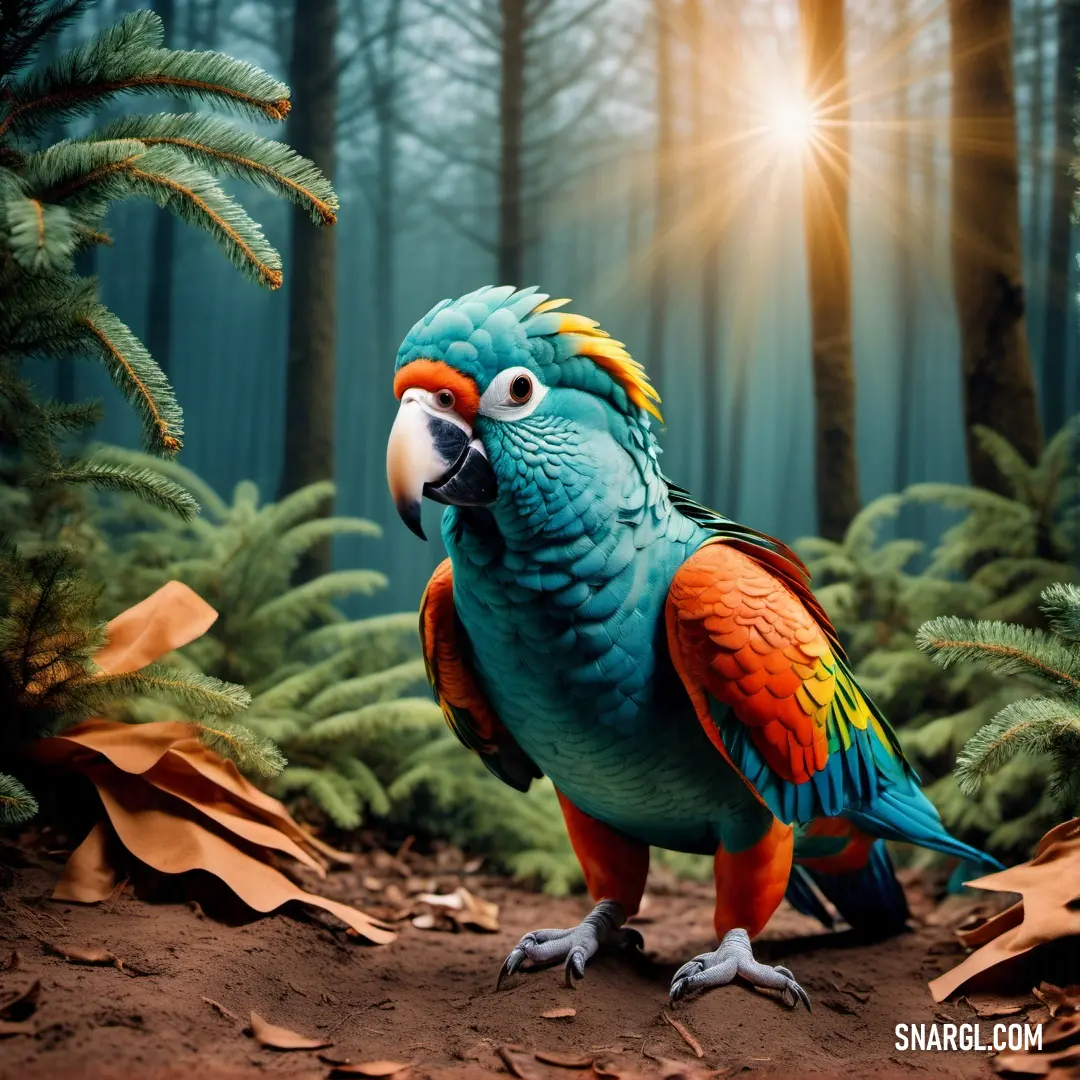
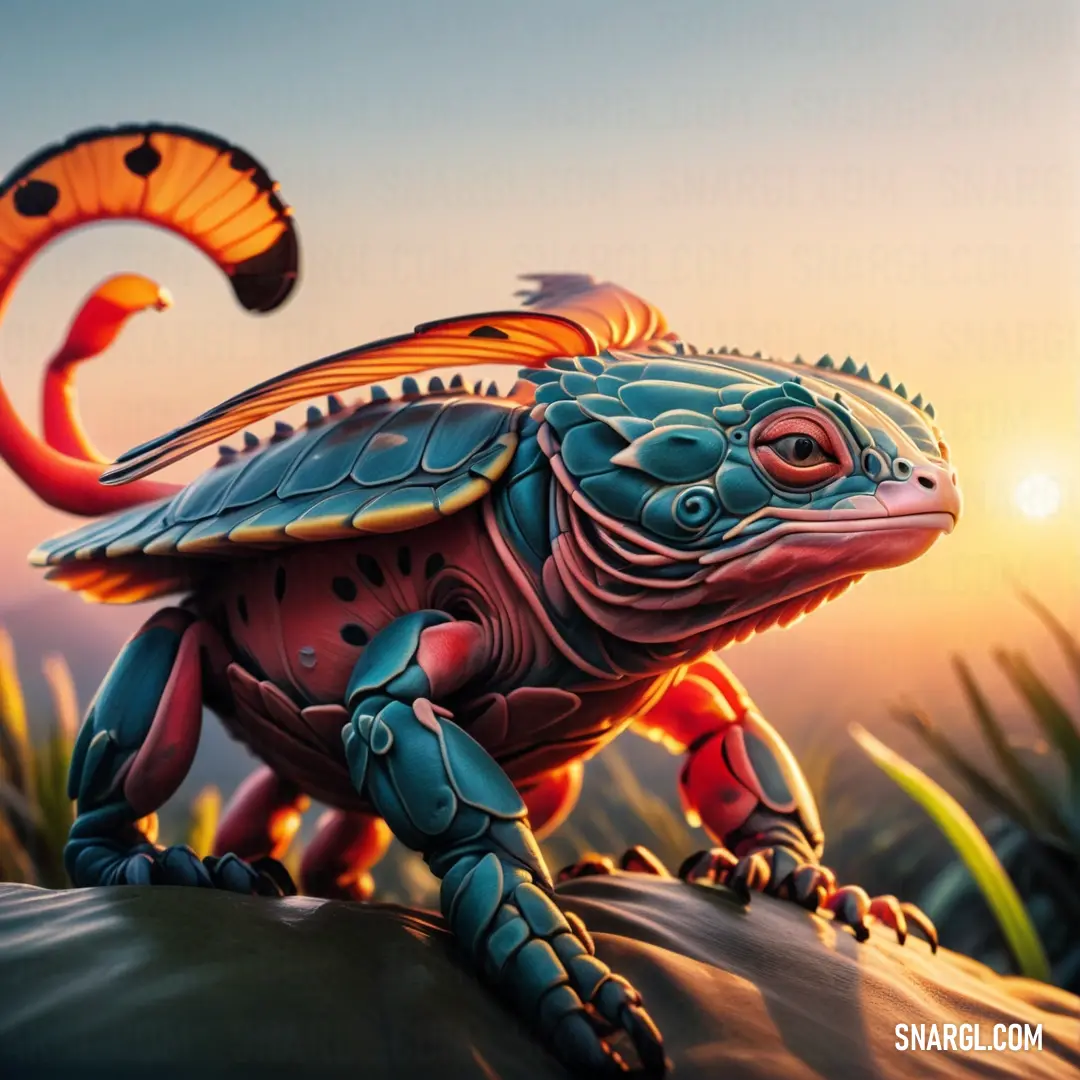

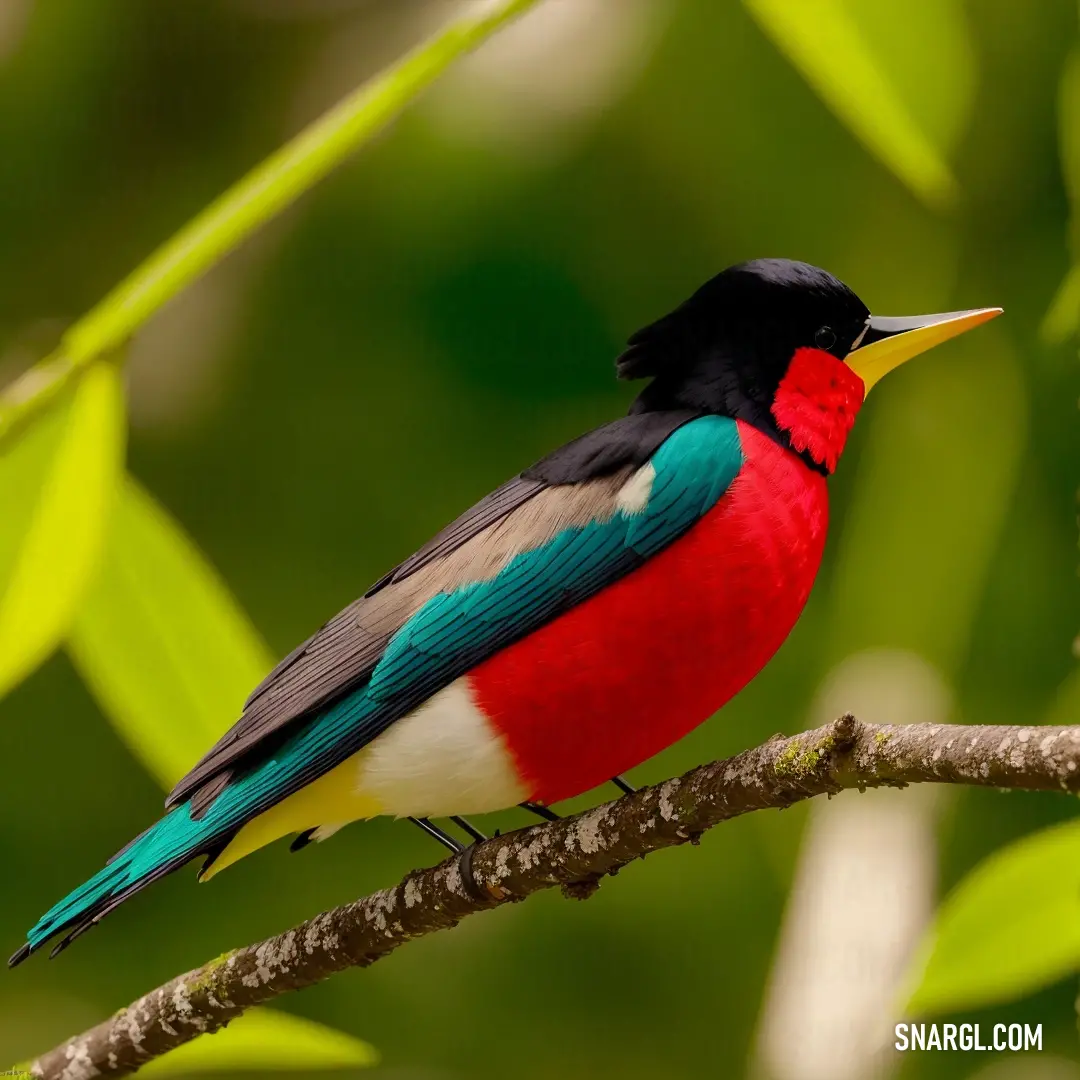
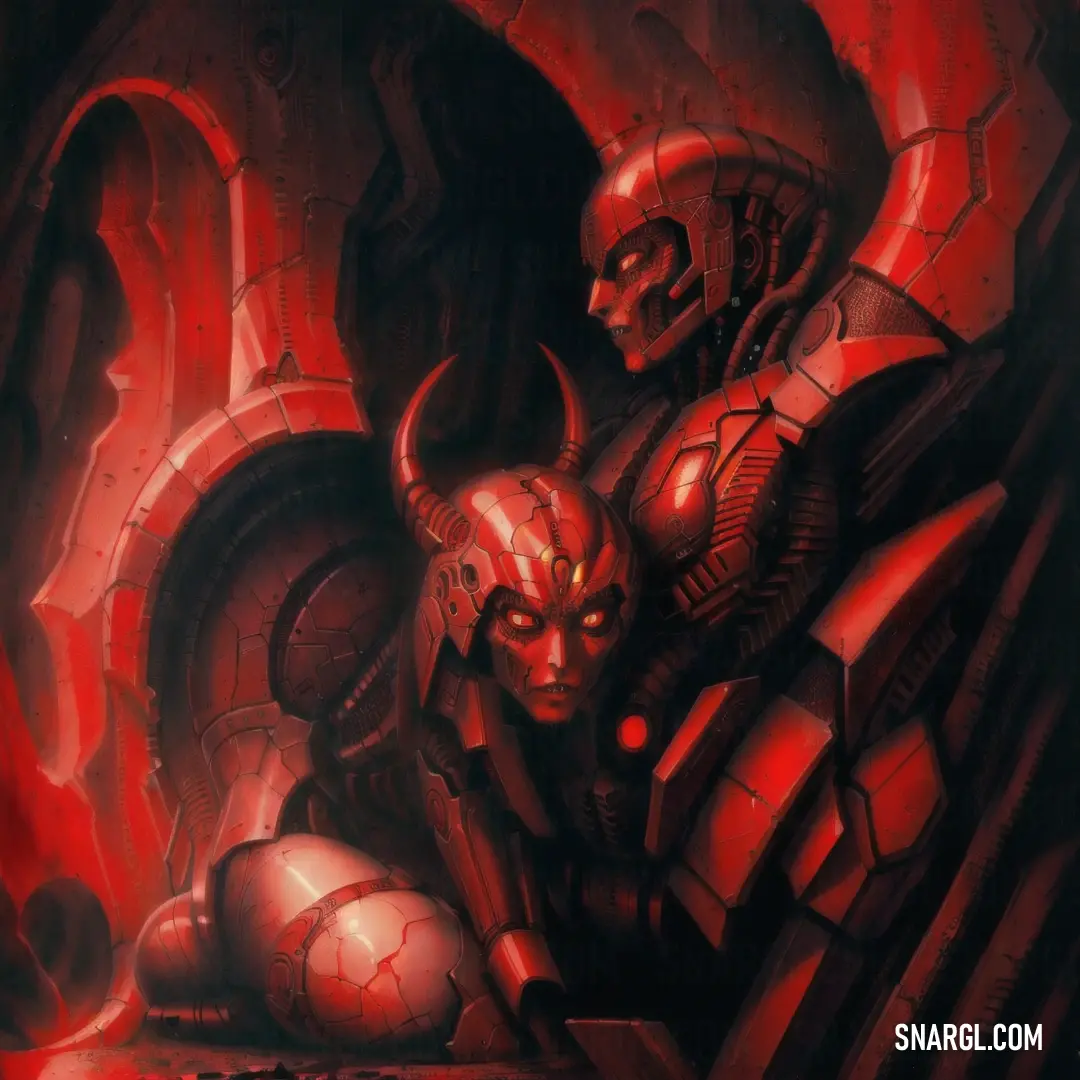
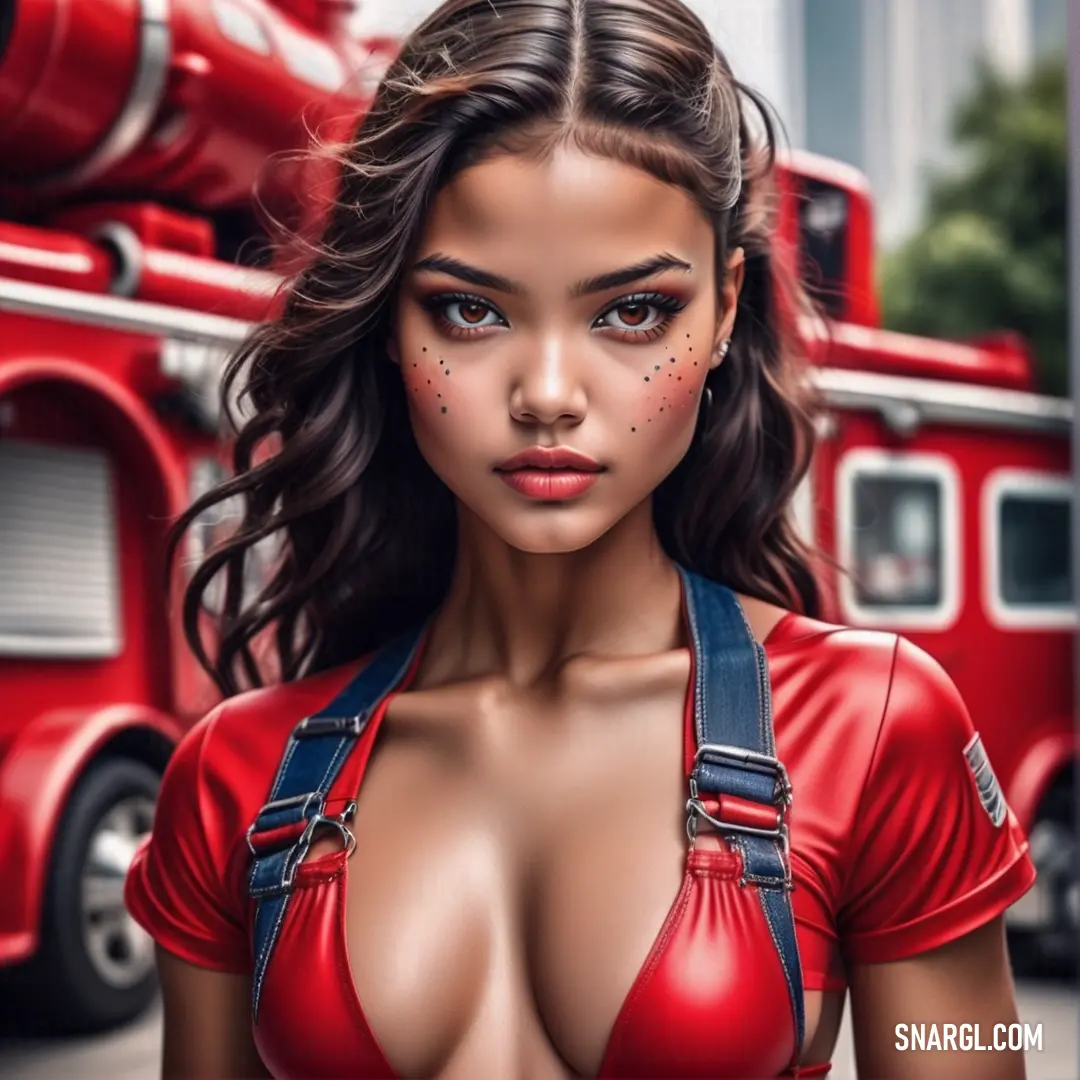
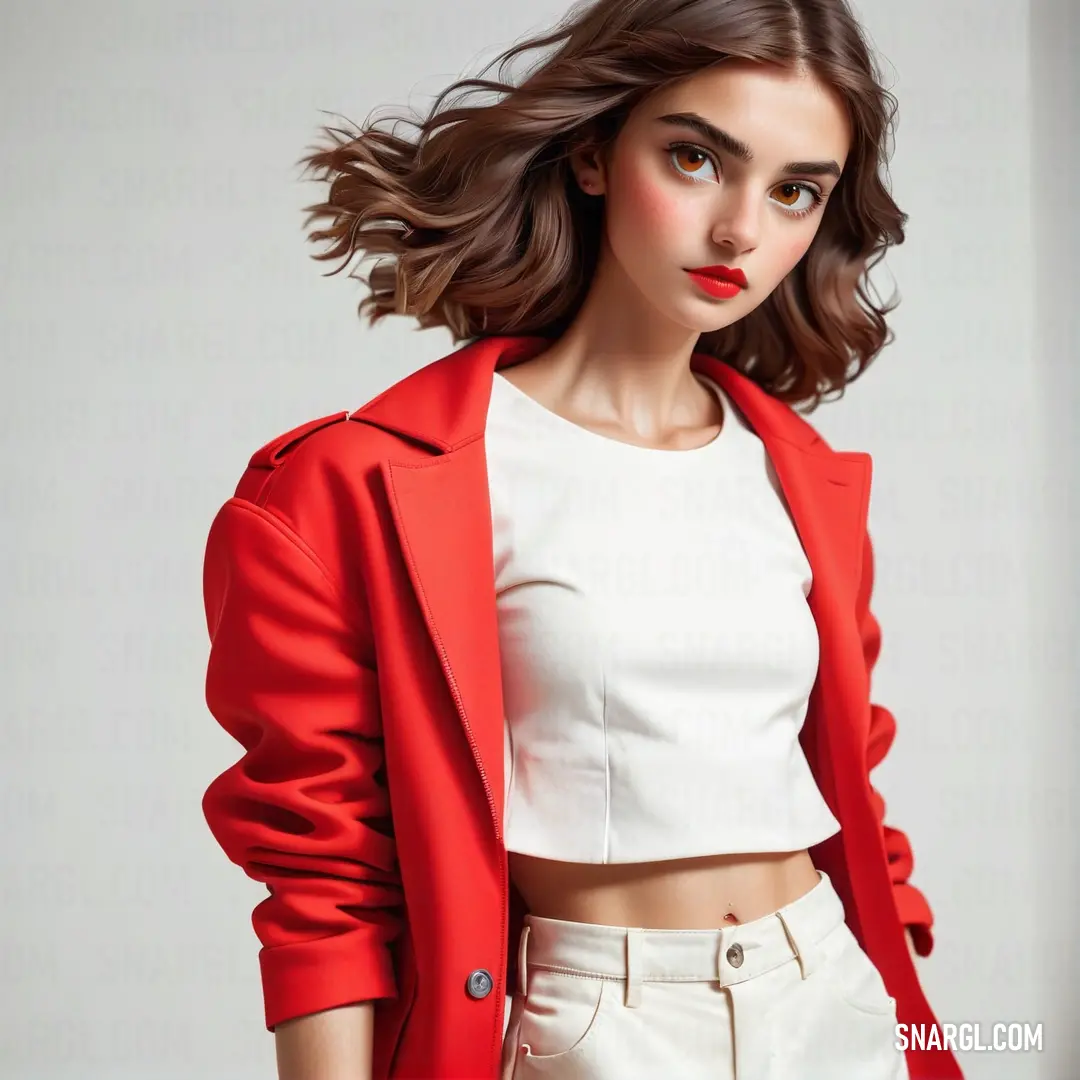
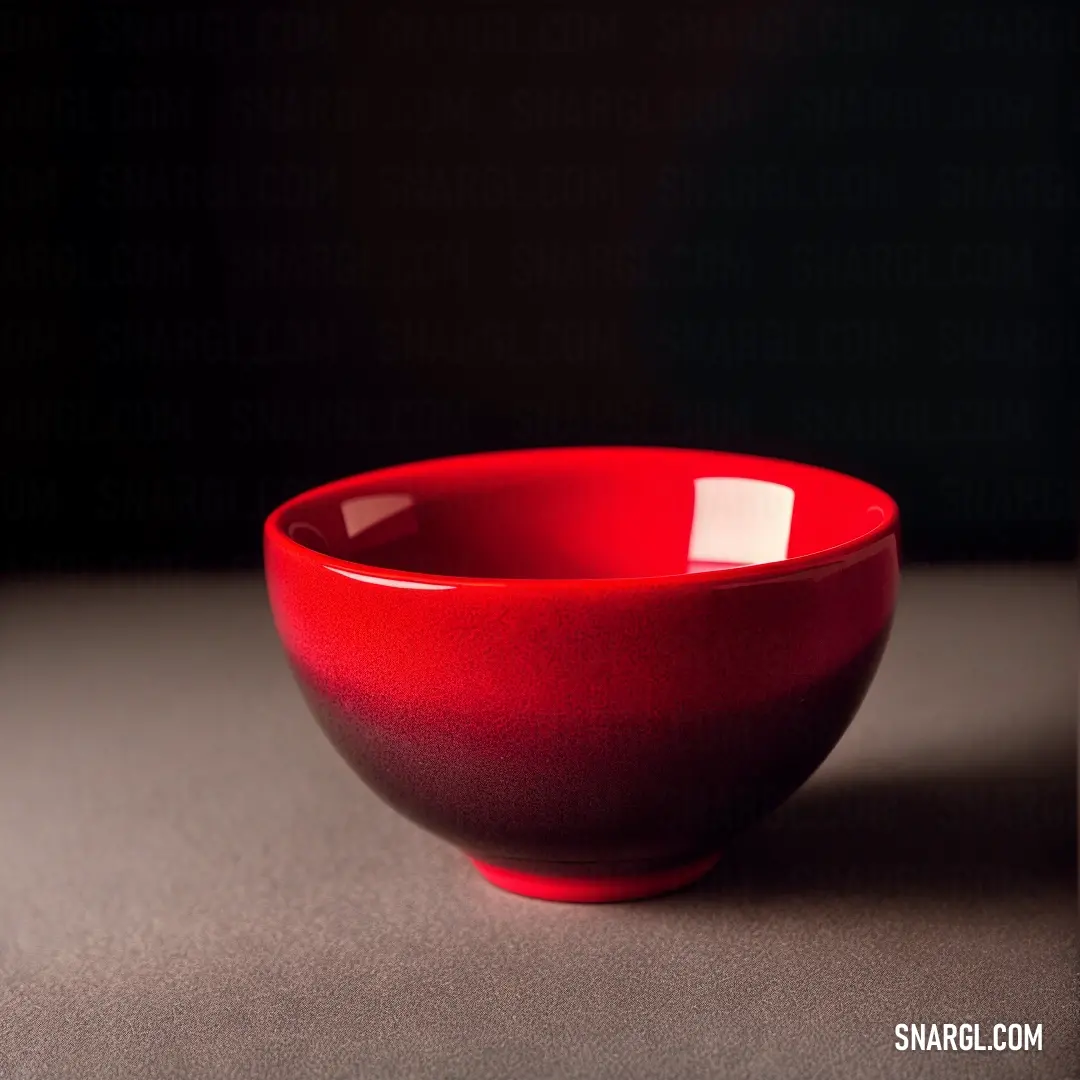
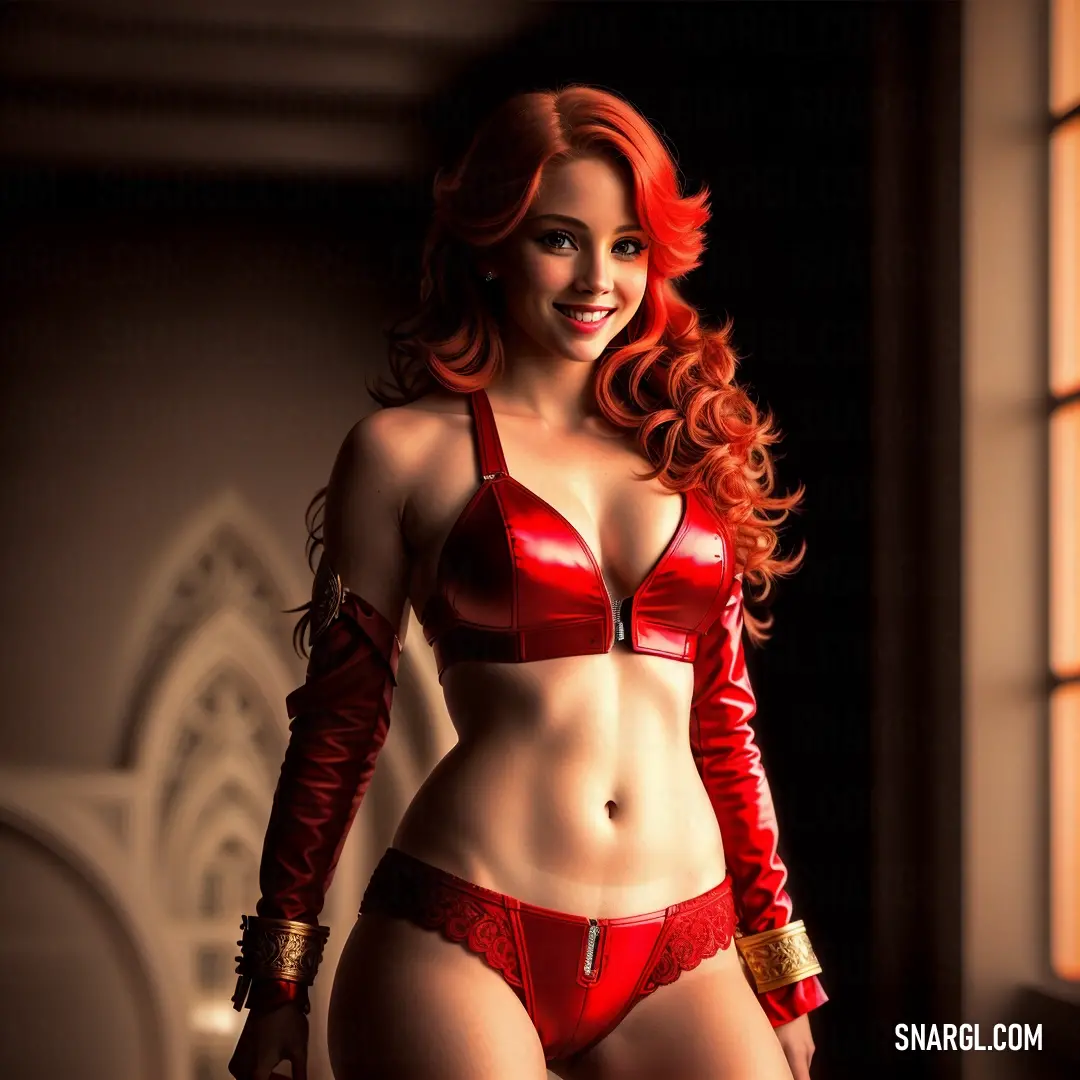
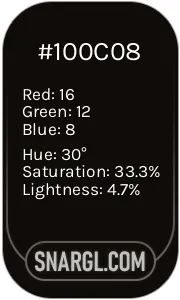 Smoky black
Smoky black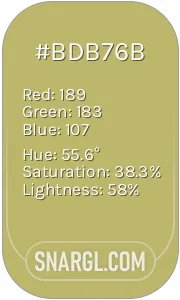 Dark khaki
Dark khaki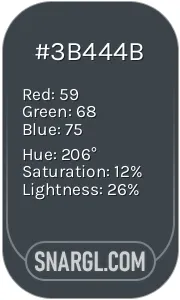 Arsenic
Arsenic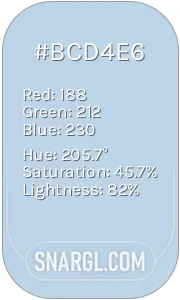 Beau blue
Beau blue Baby blue
Baby blue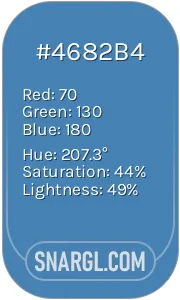 Steel blue
Steel blue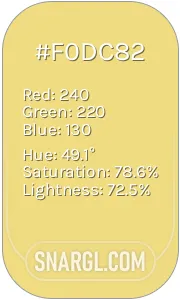 Buff
Buff
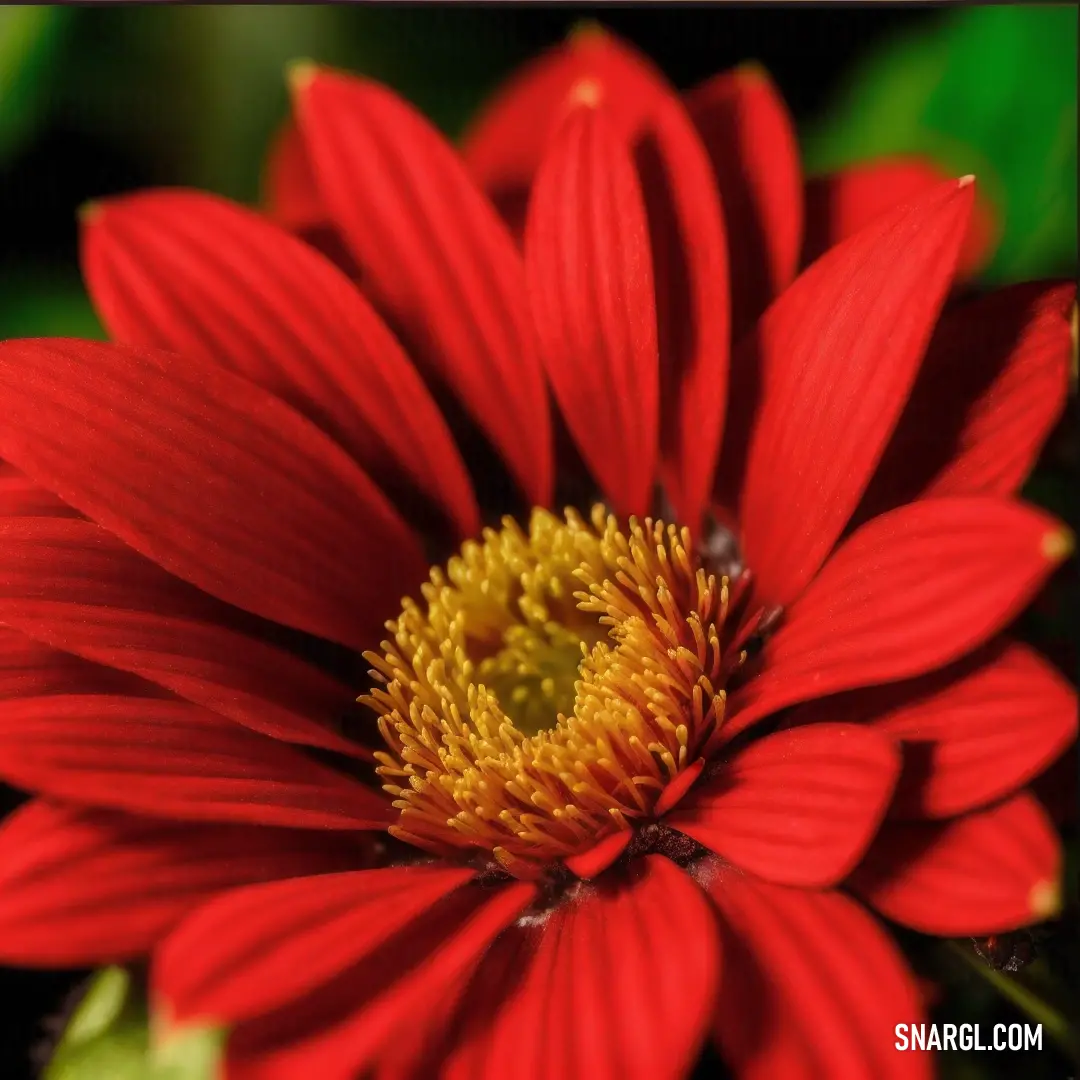
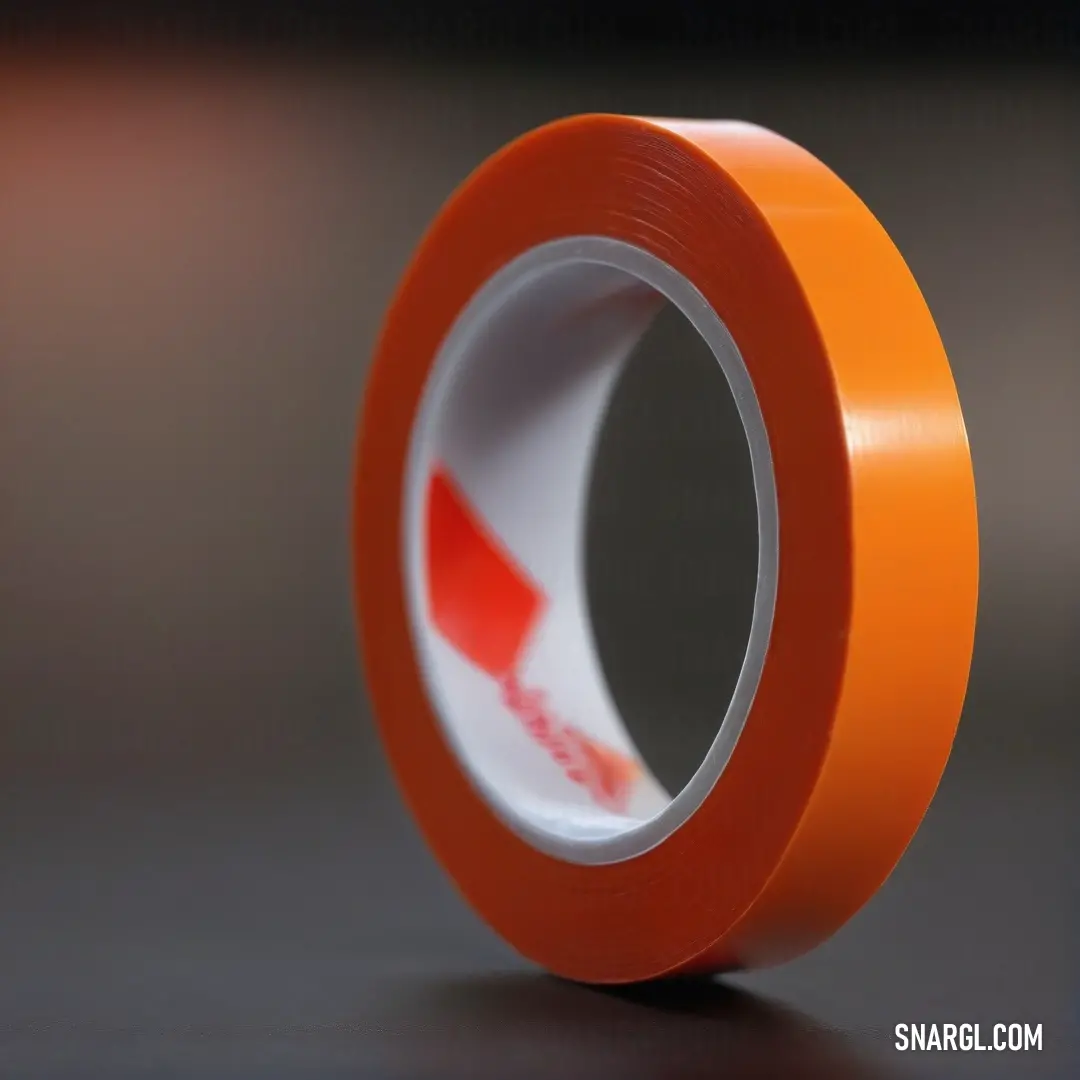


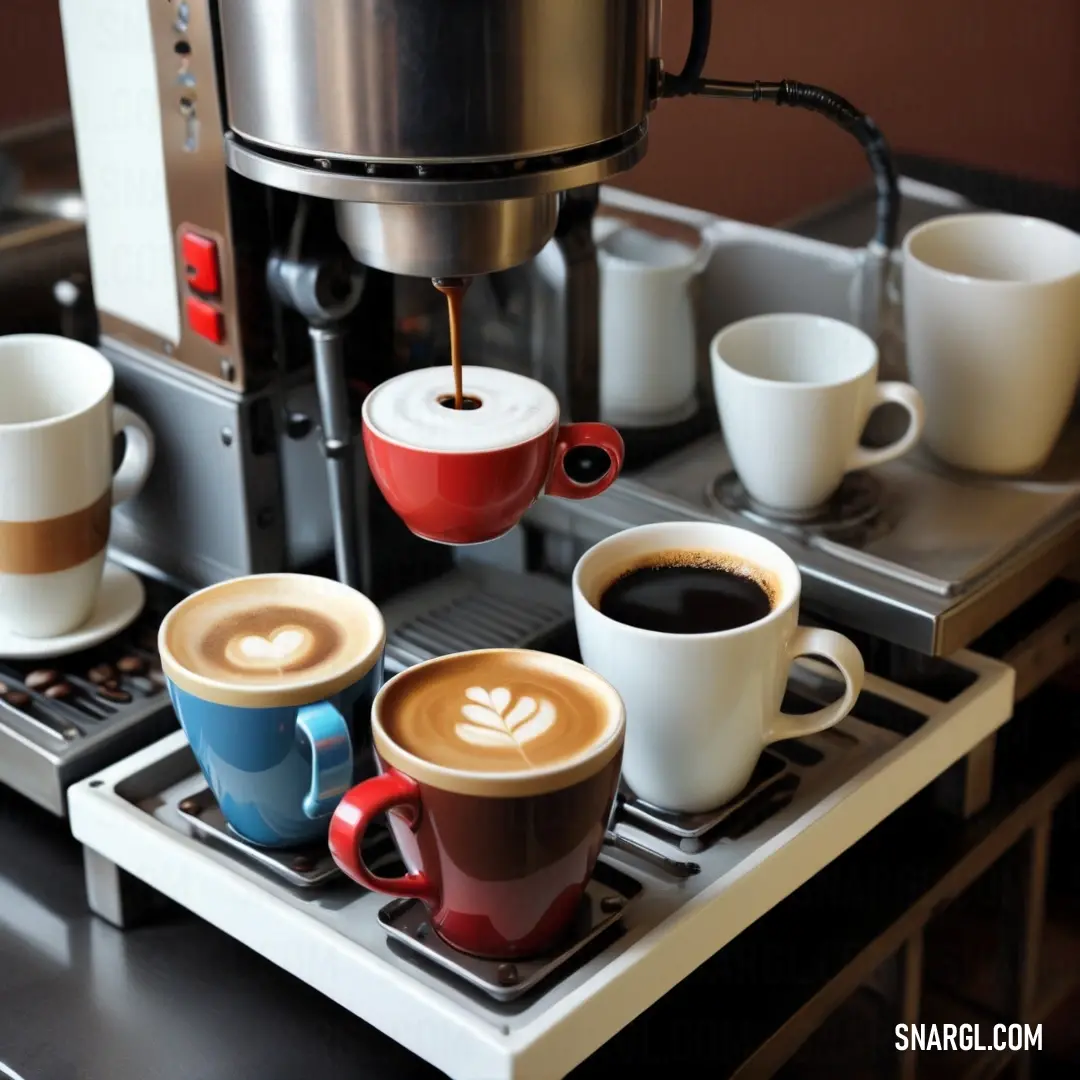
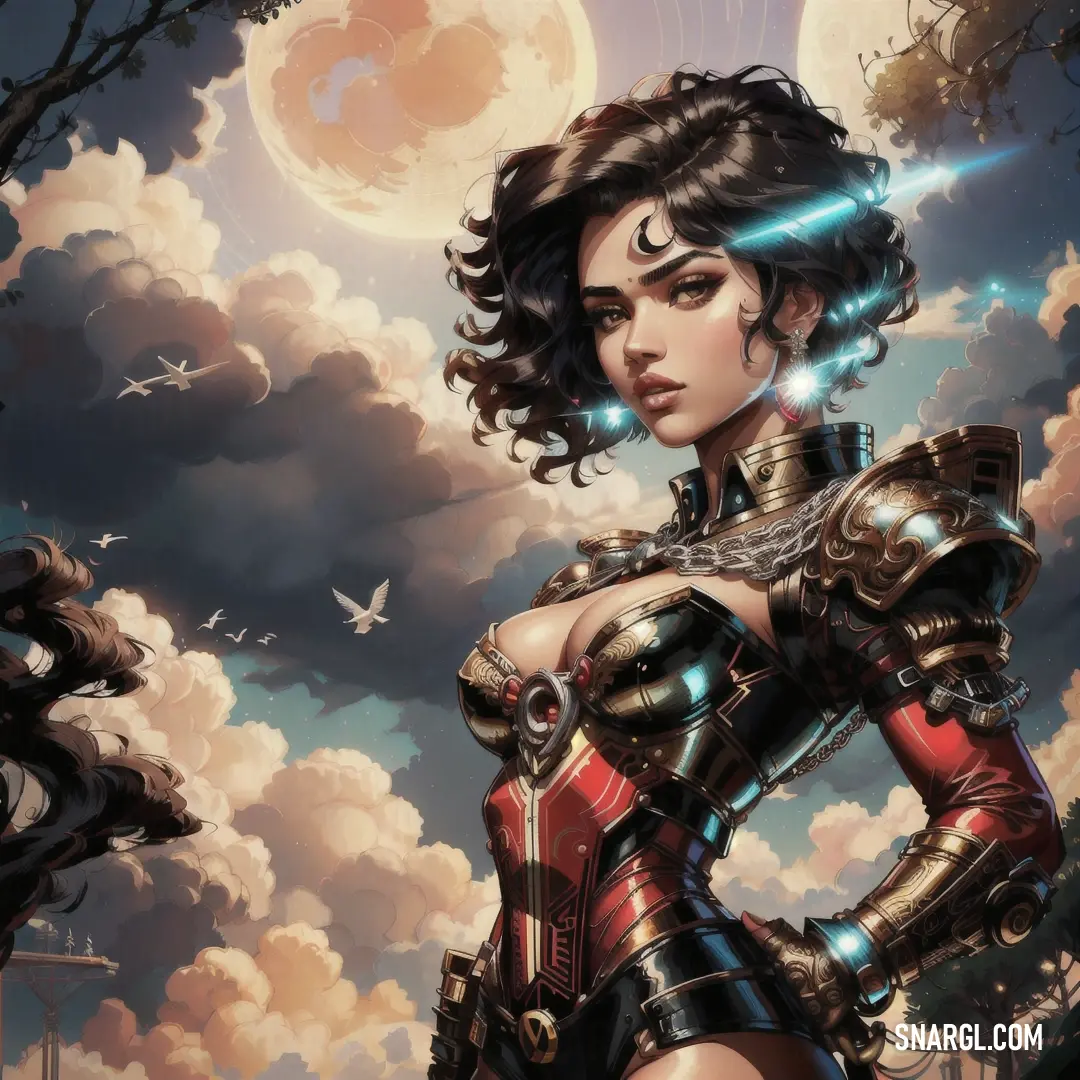
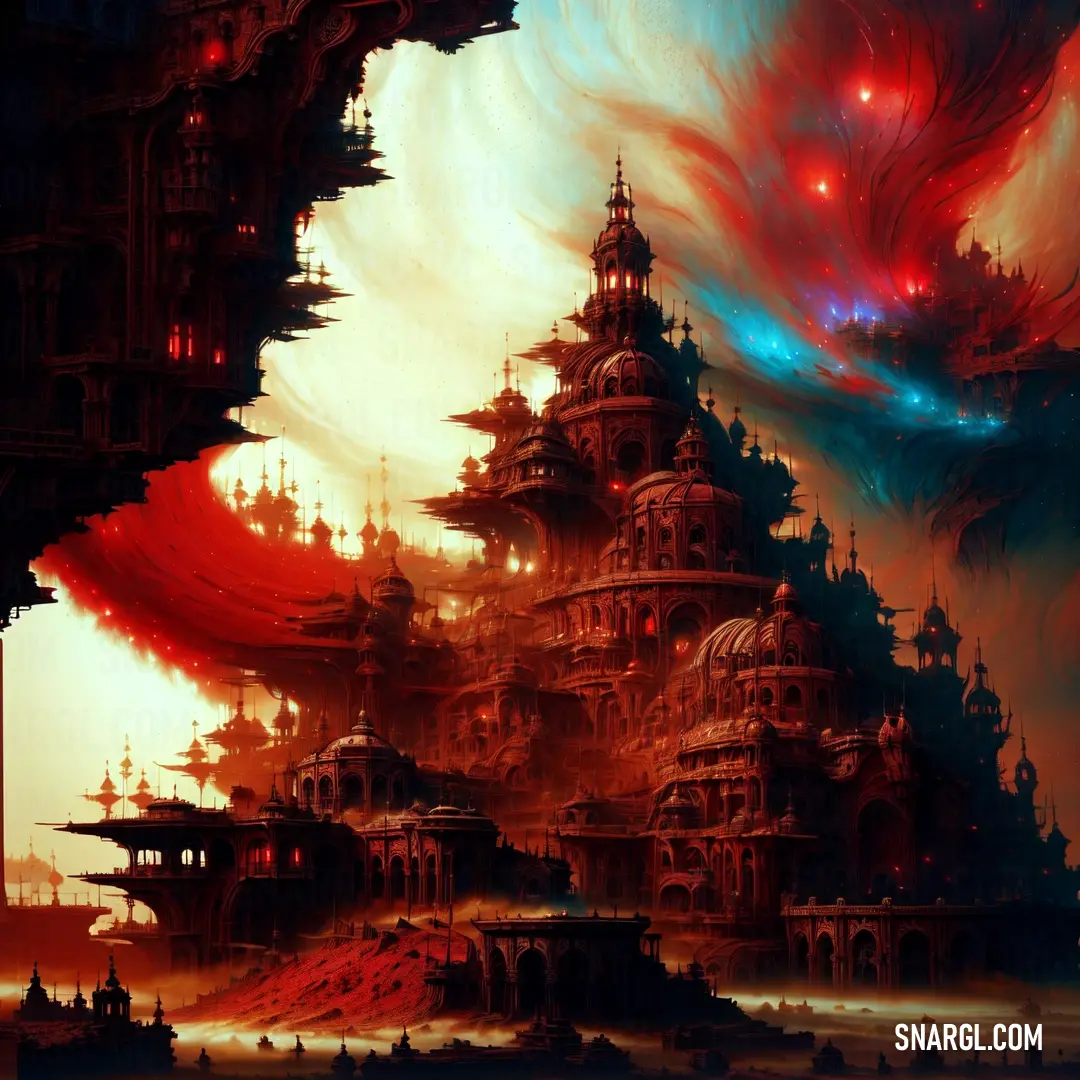
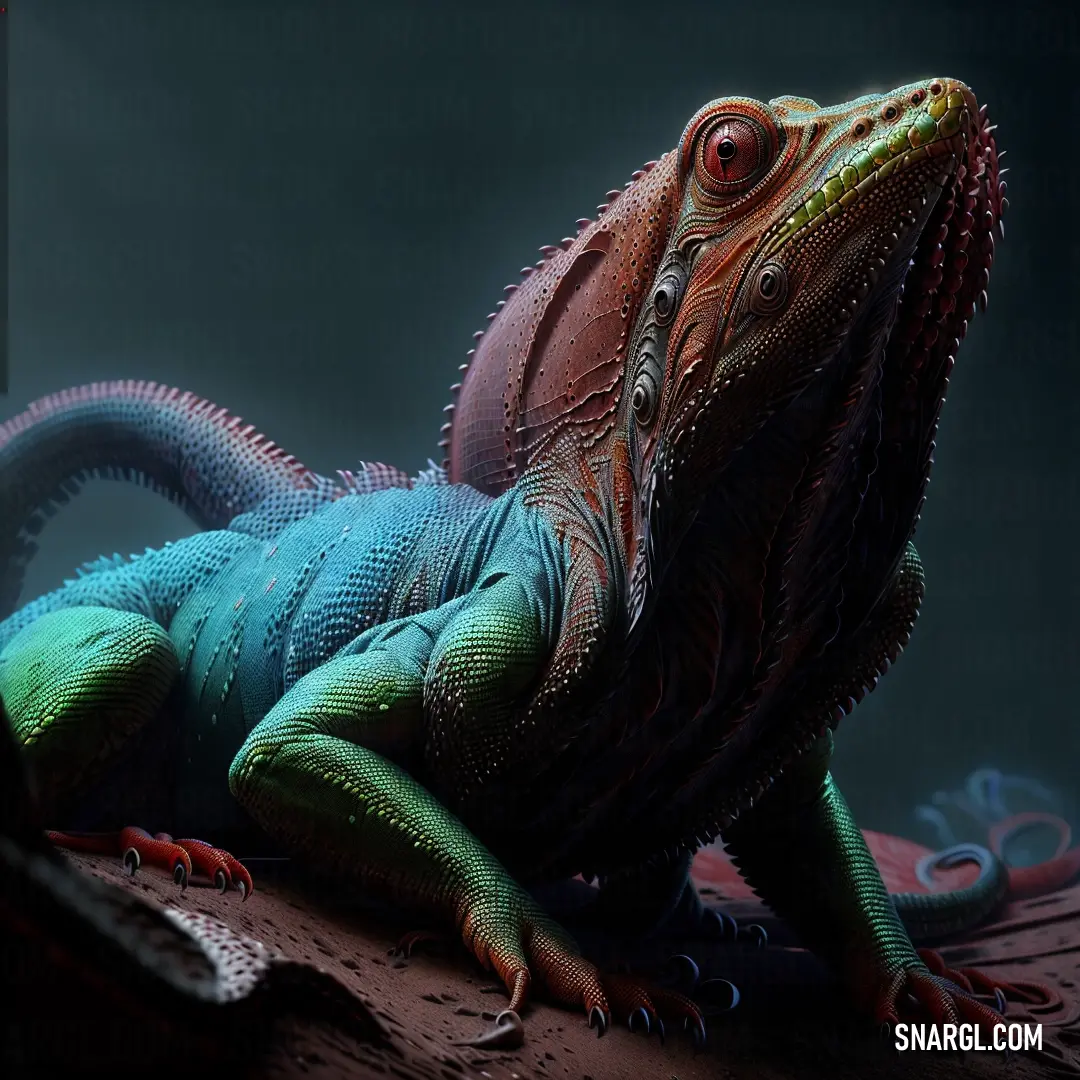
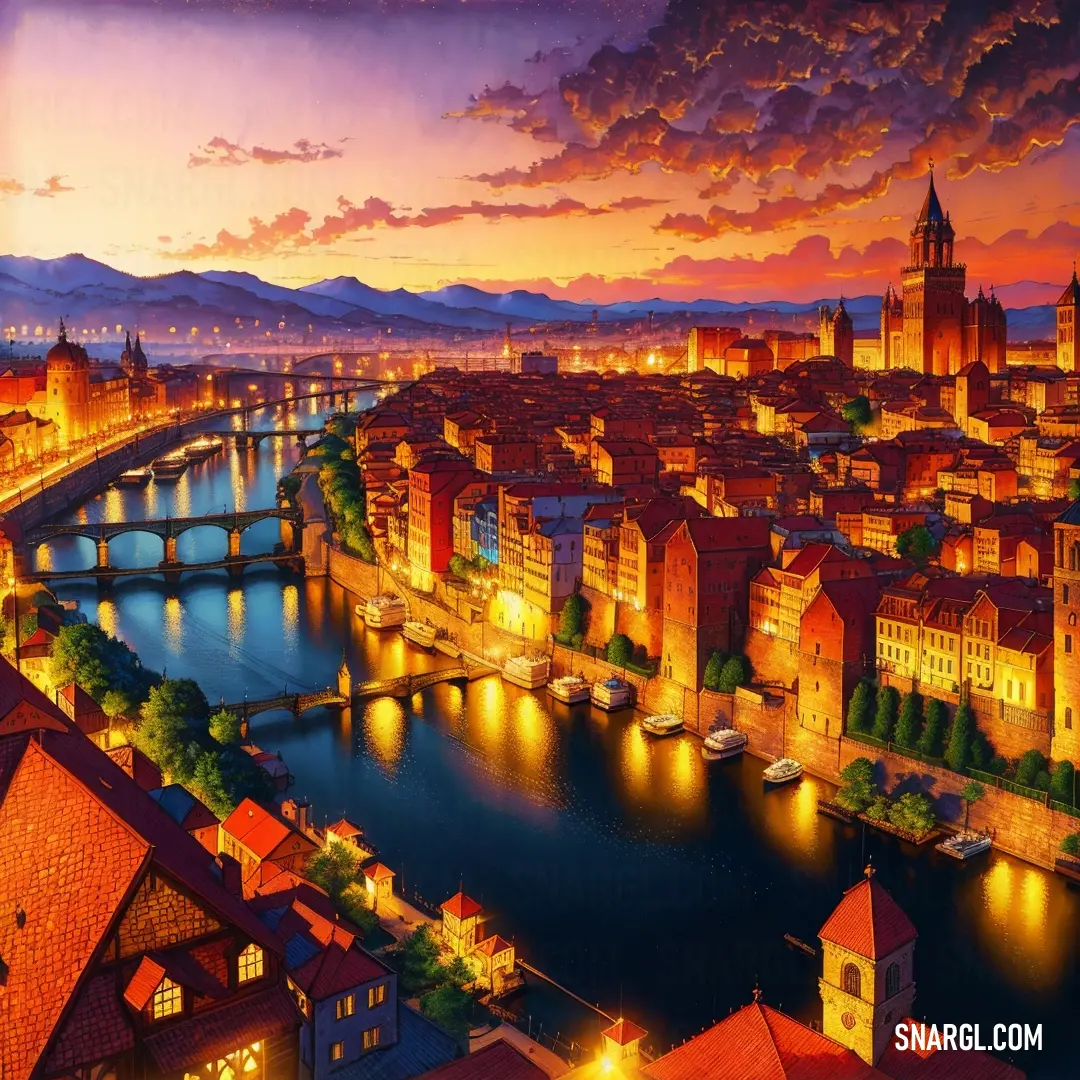
 Baby pink
Baby pink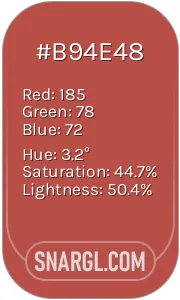 Deep chestnut
Deep chestnut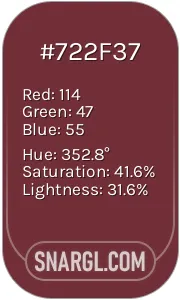 Wine
Wine Carrot orange
Carrot orange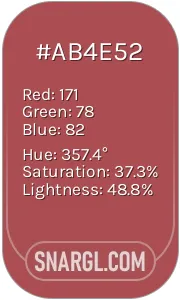 Rose vale
Rose vale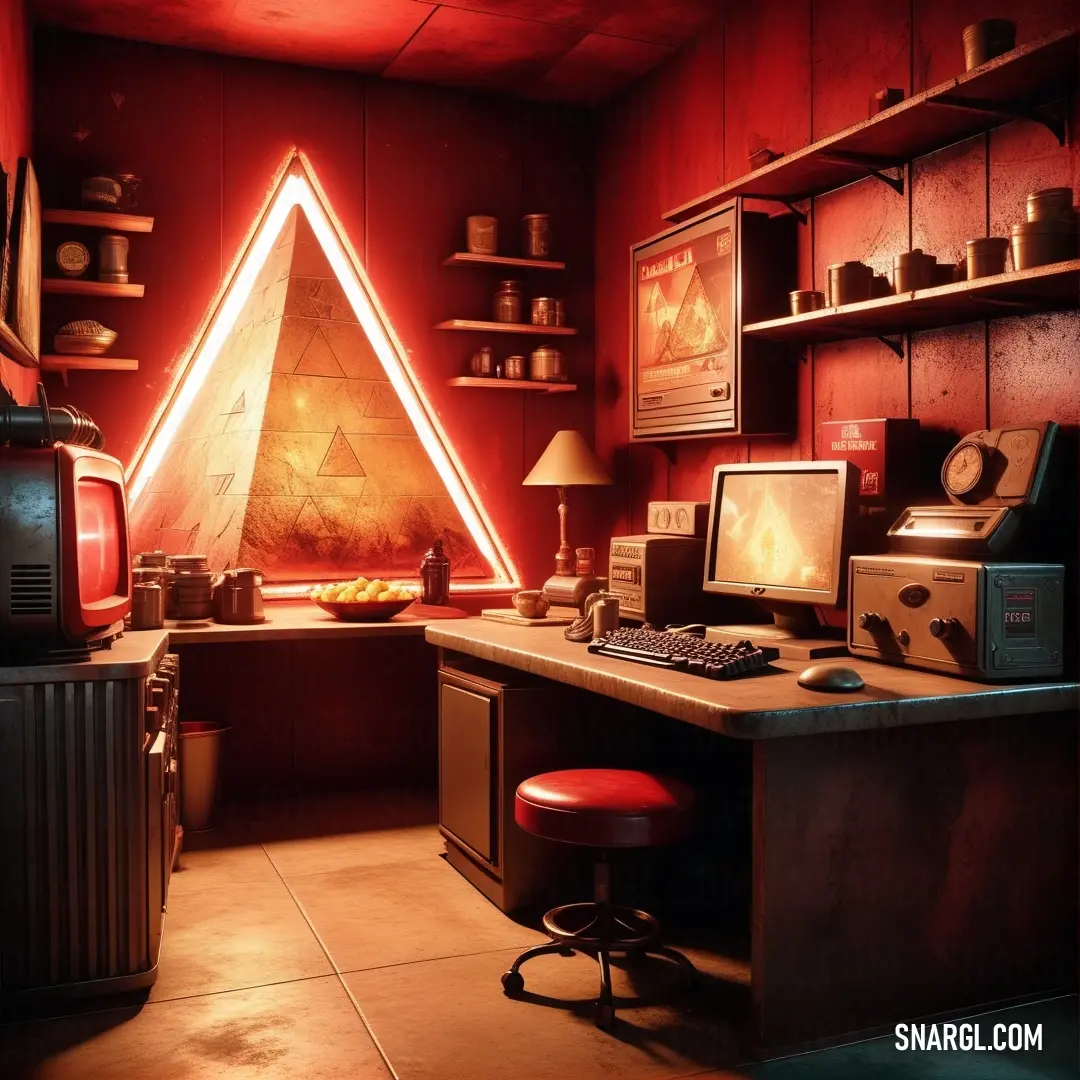
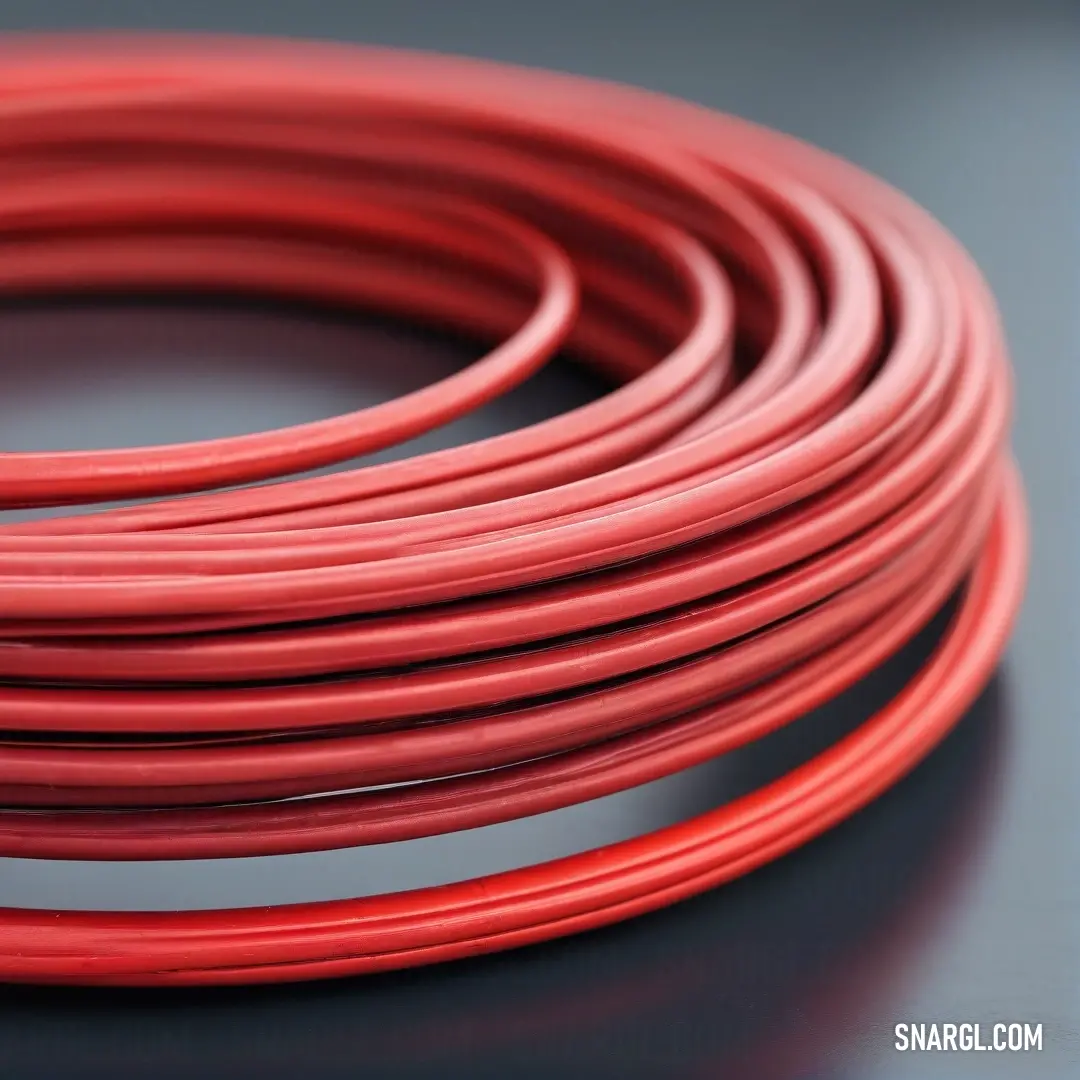

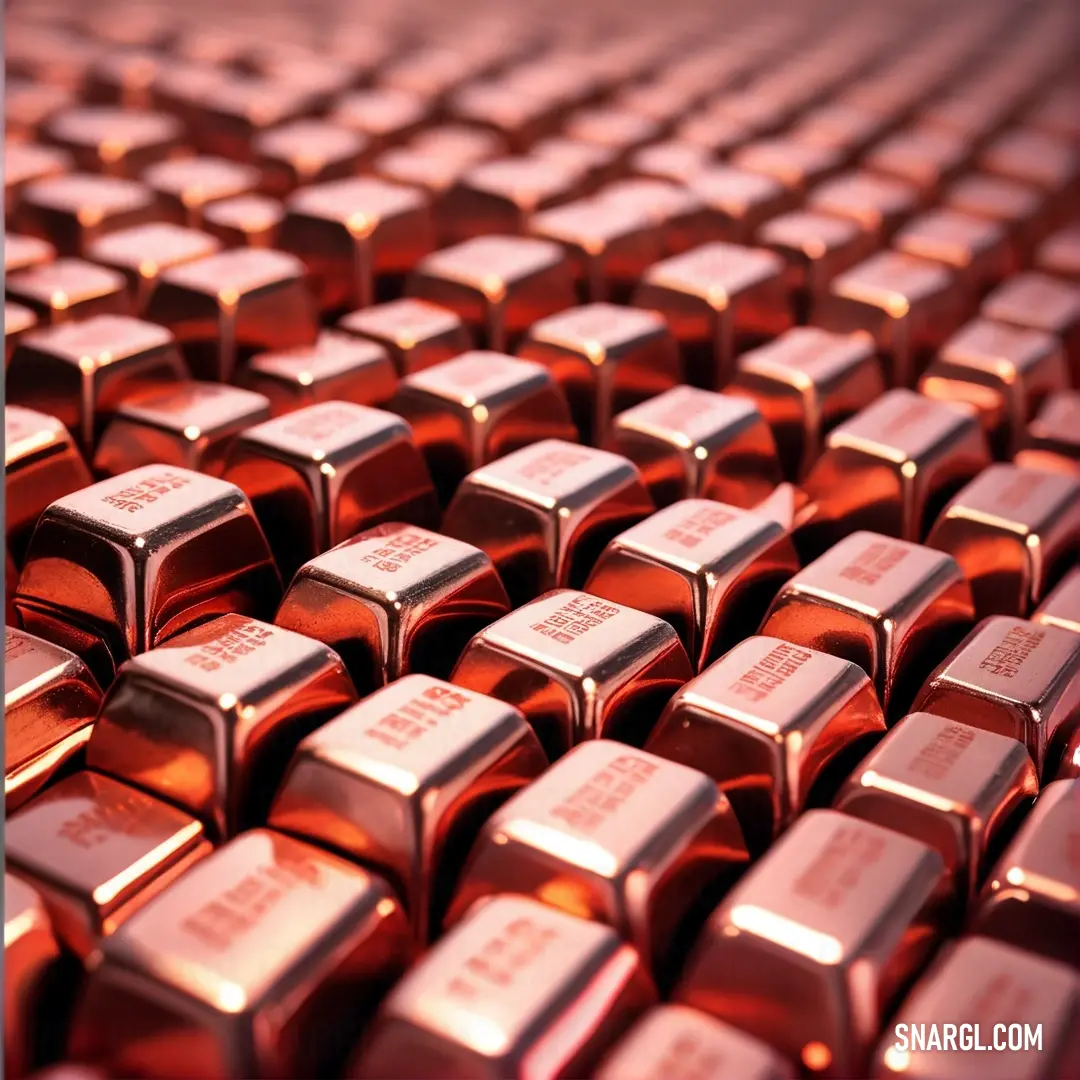
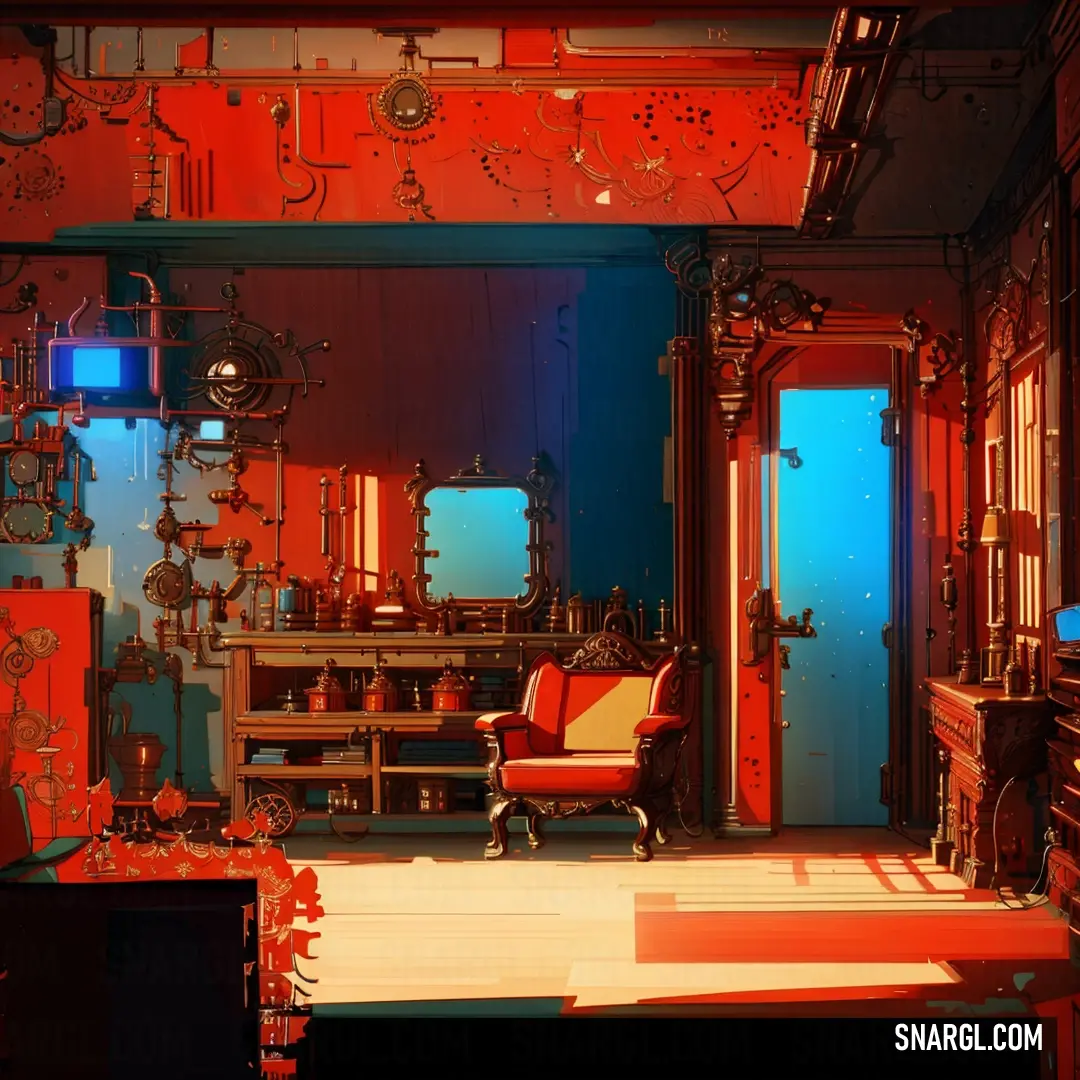
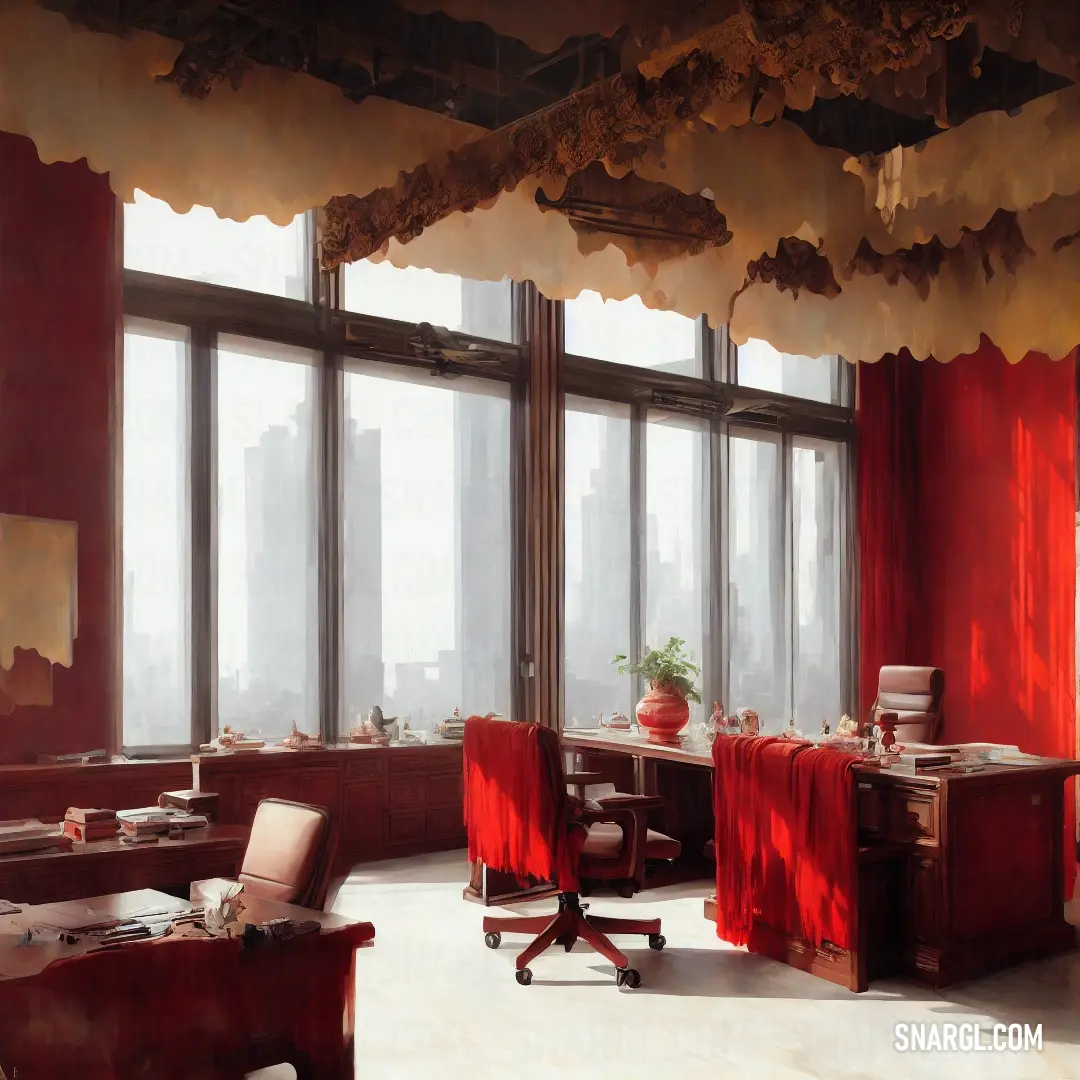
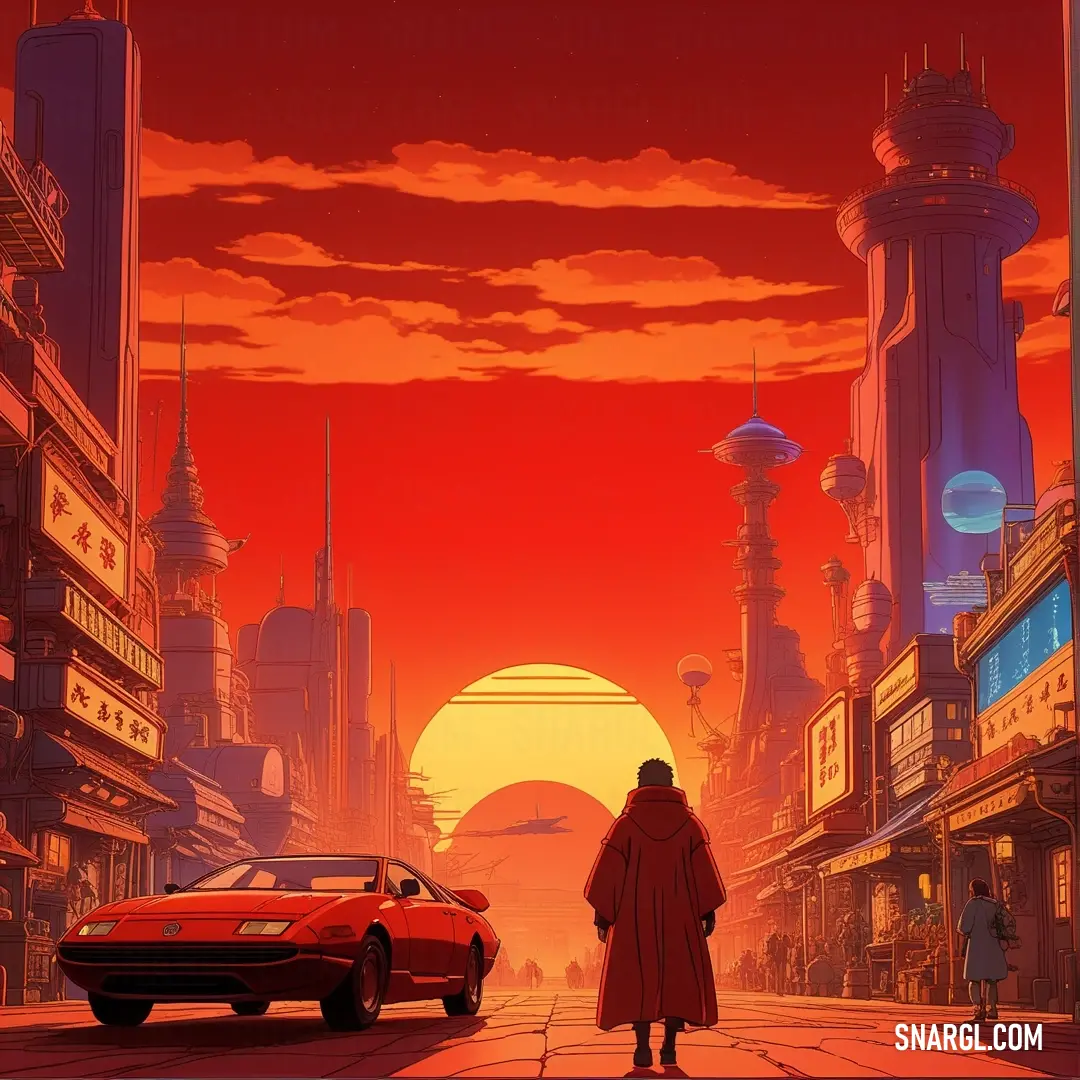
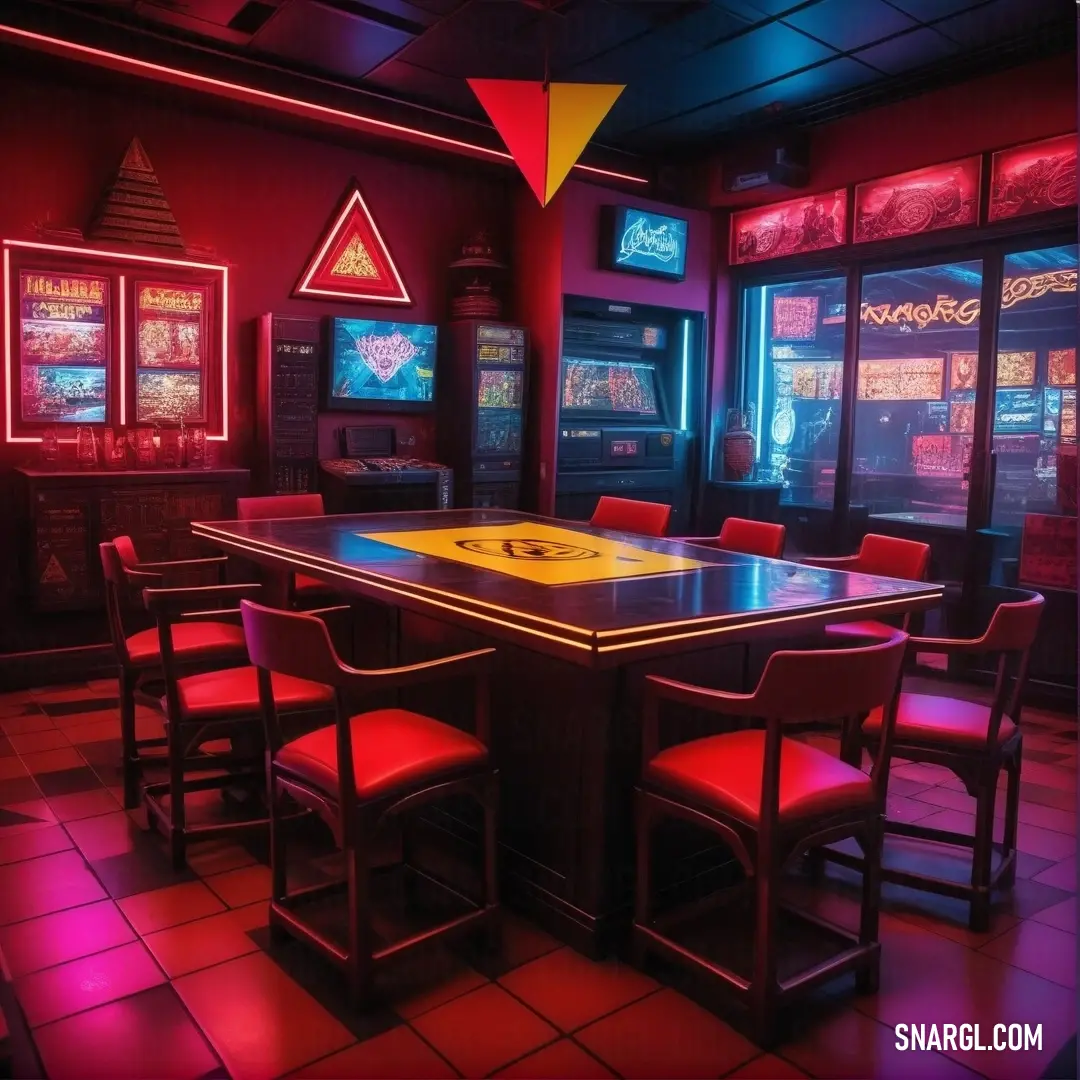

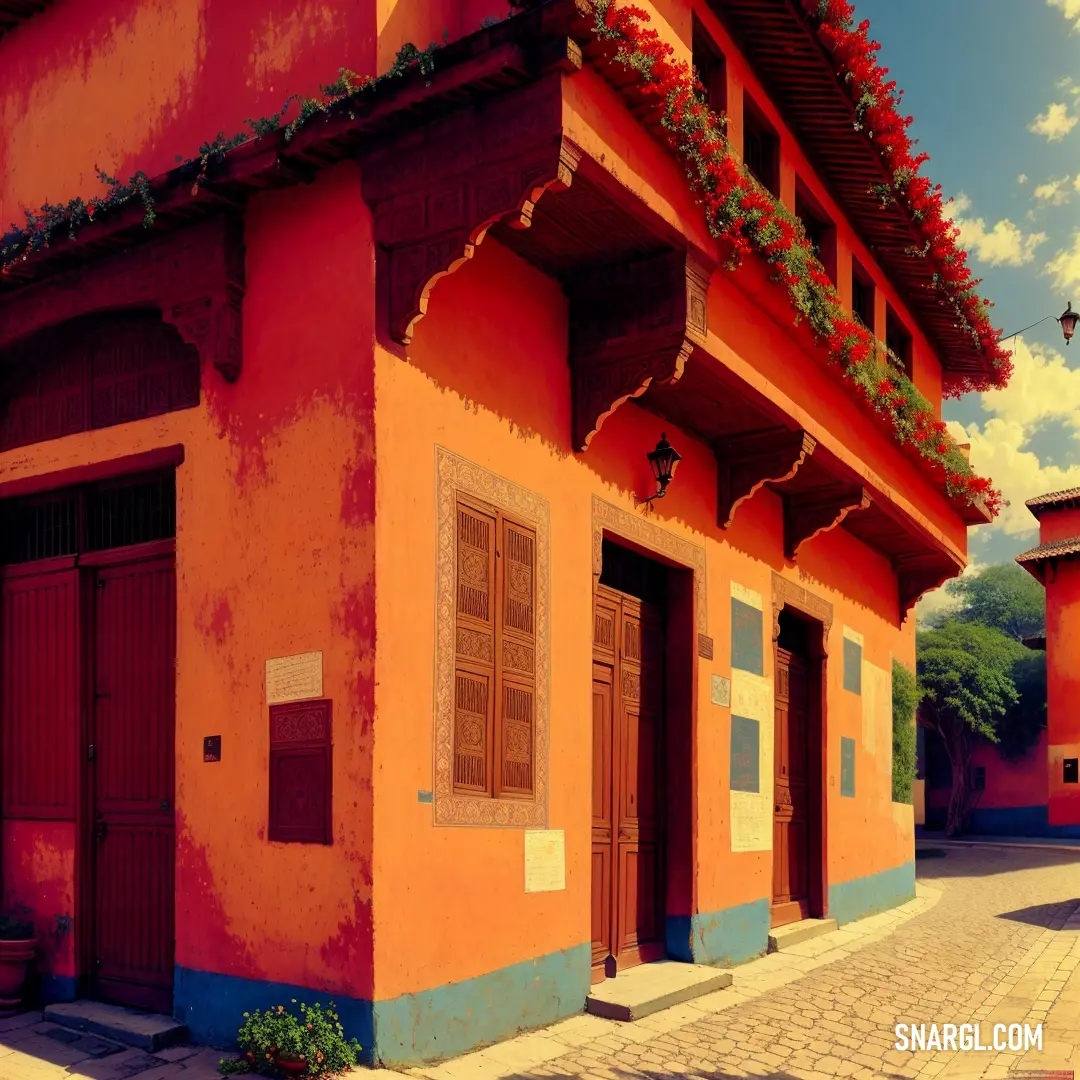
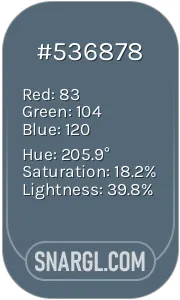 Dark electric blue
Dark electric blue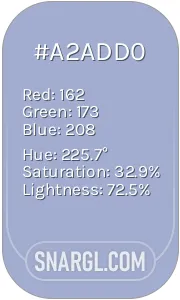 Wild blue yonder
Wild blue yonder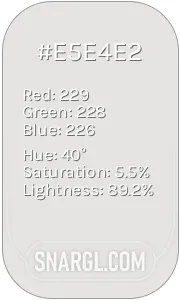 Platinum
Platinum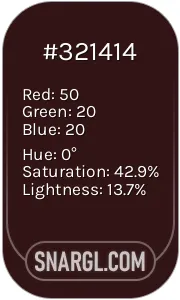 Seal brown
Seal brown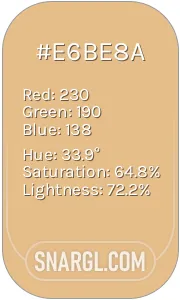 Pale gold
Pale gold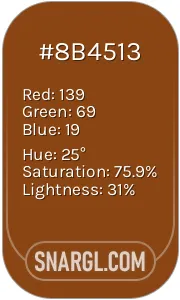 Saddle brown
Saddle brown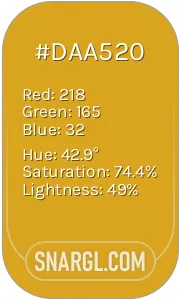 Goldenrod
Goldenrod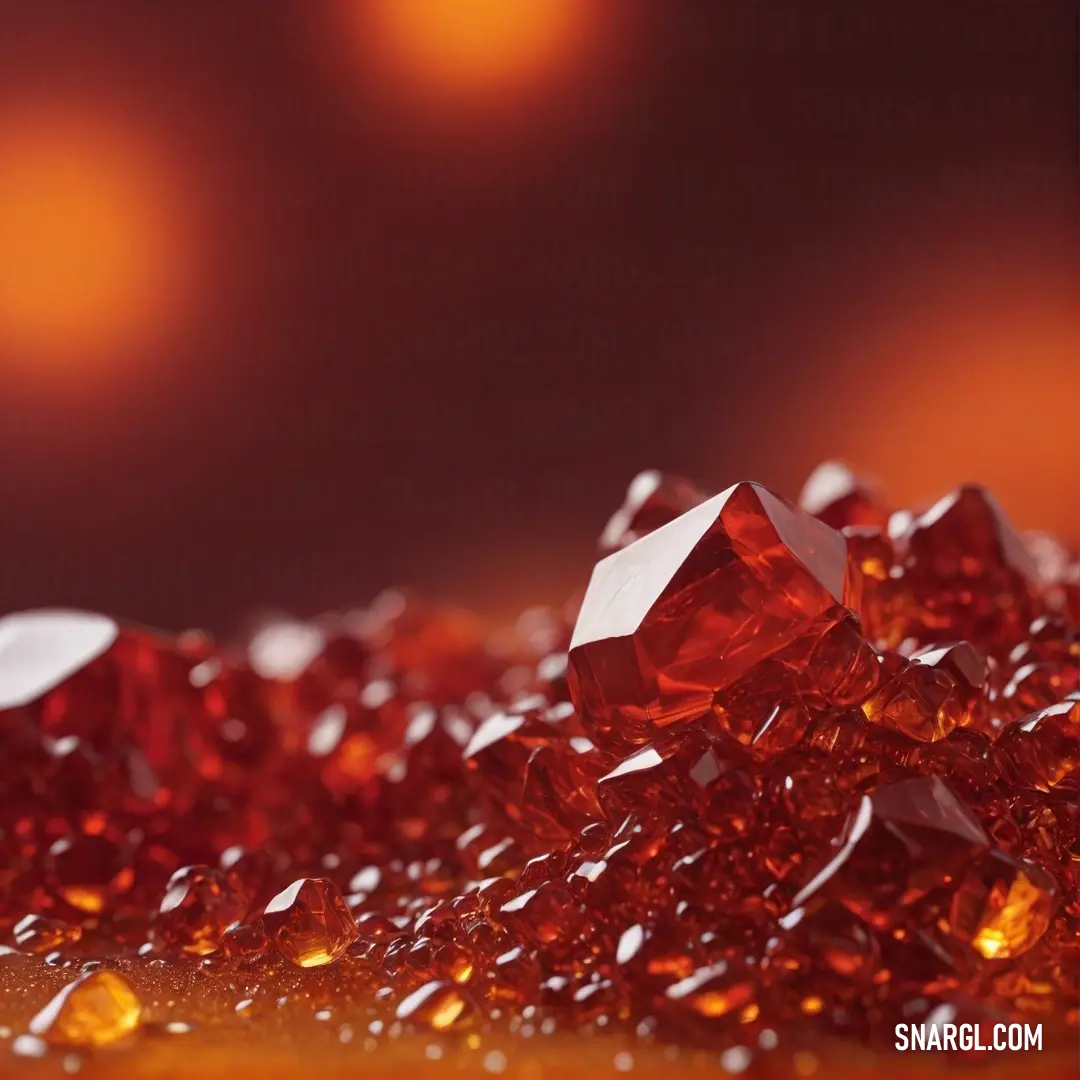
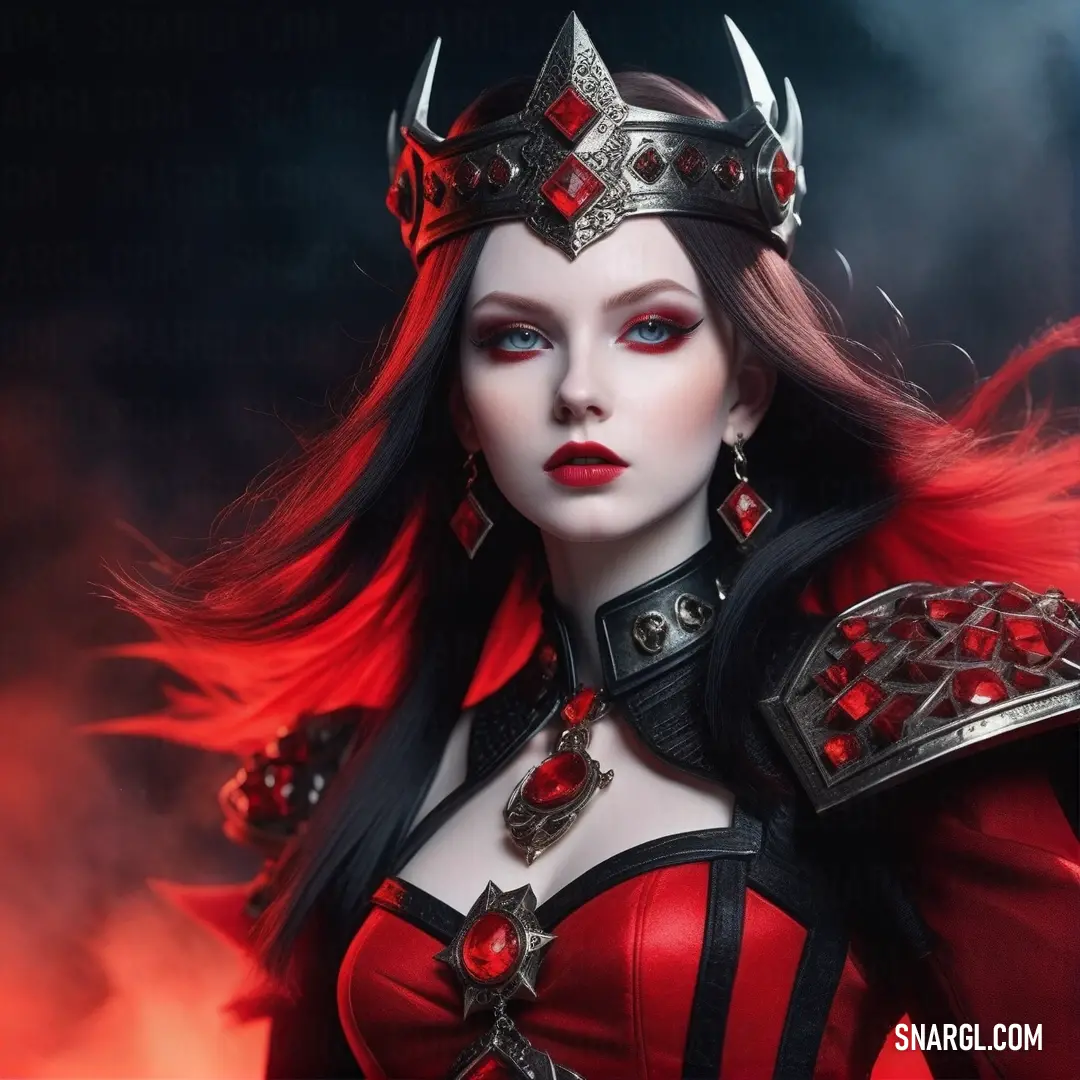
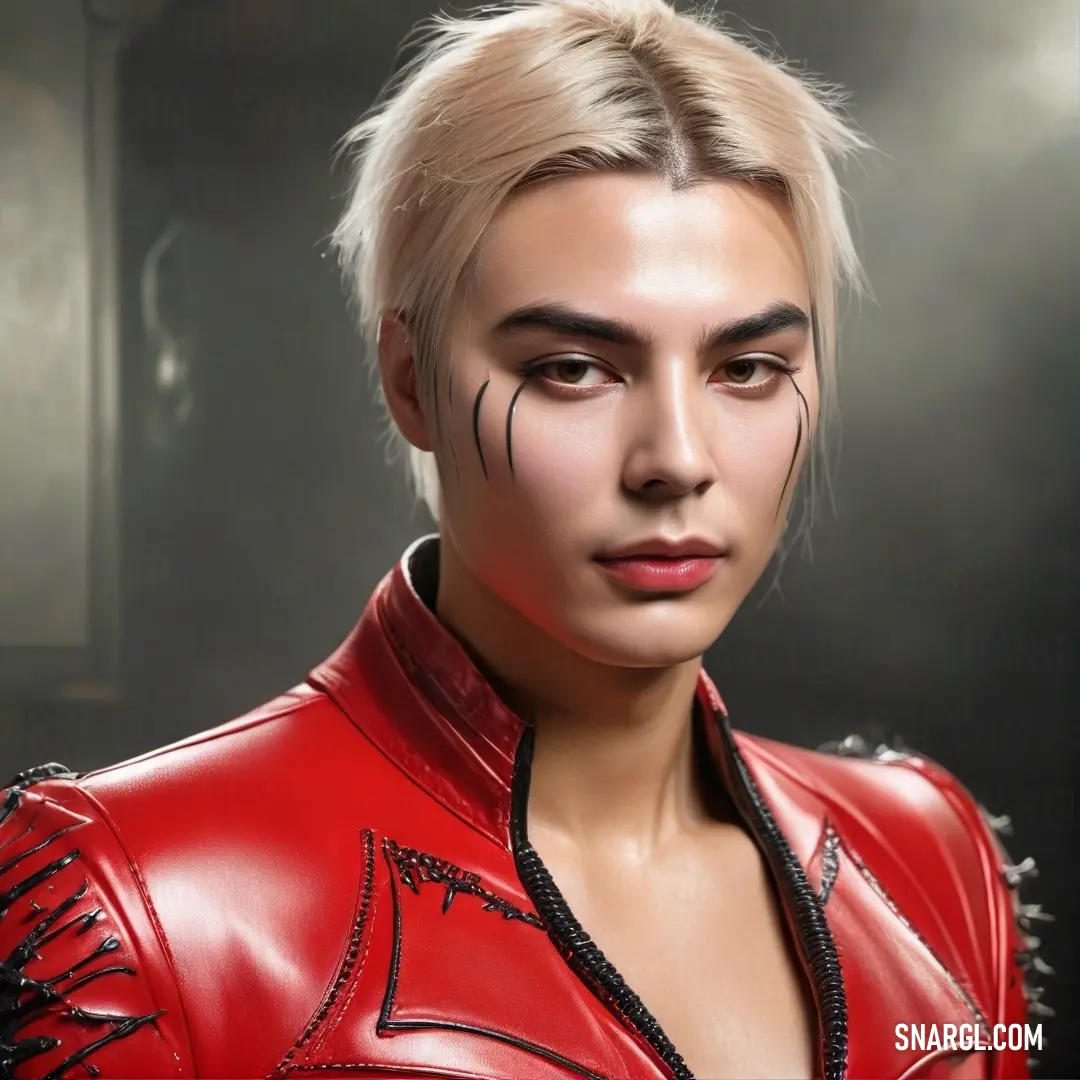
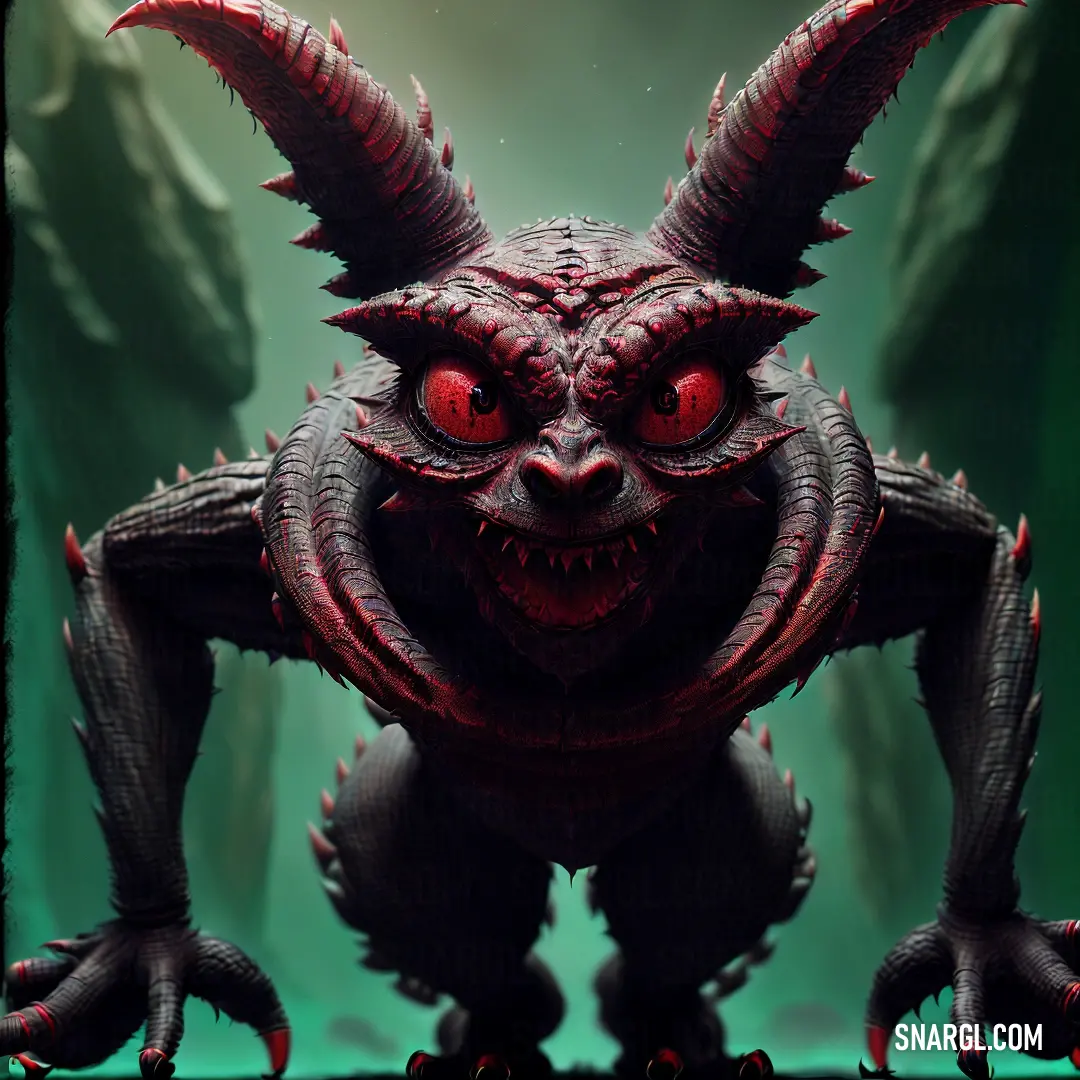
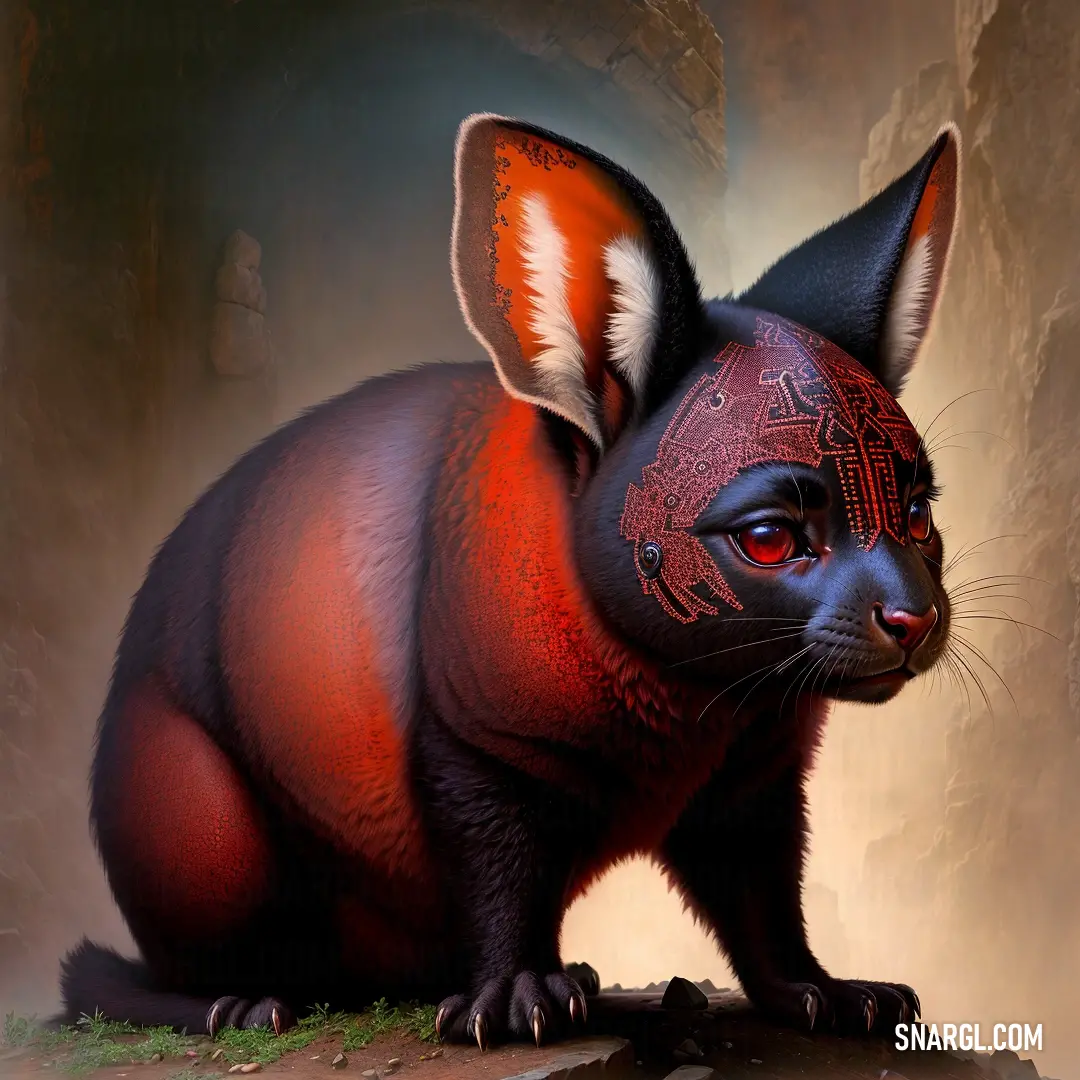

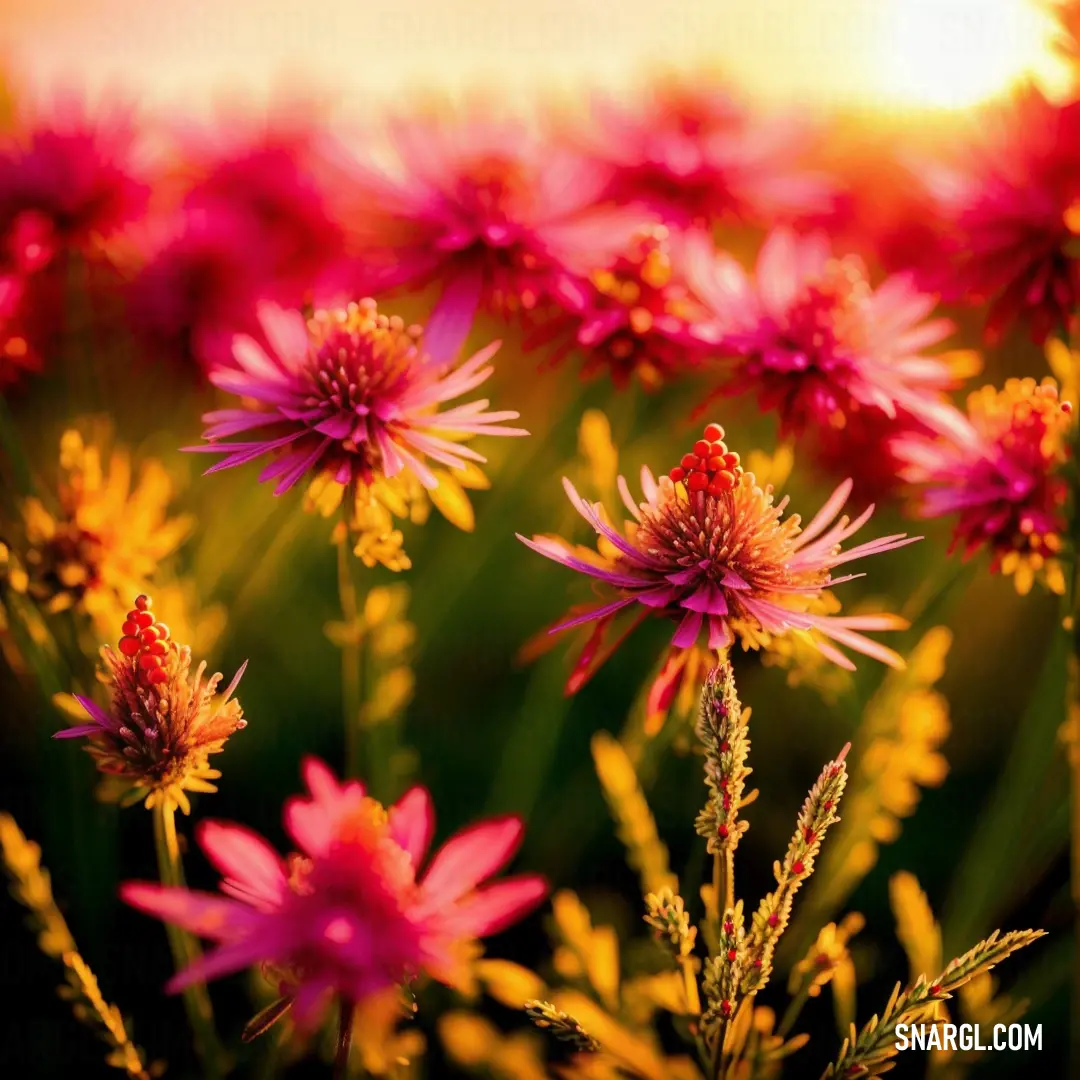
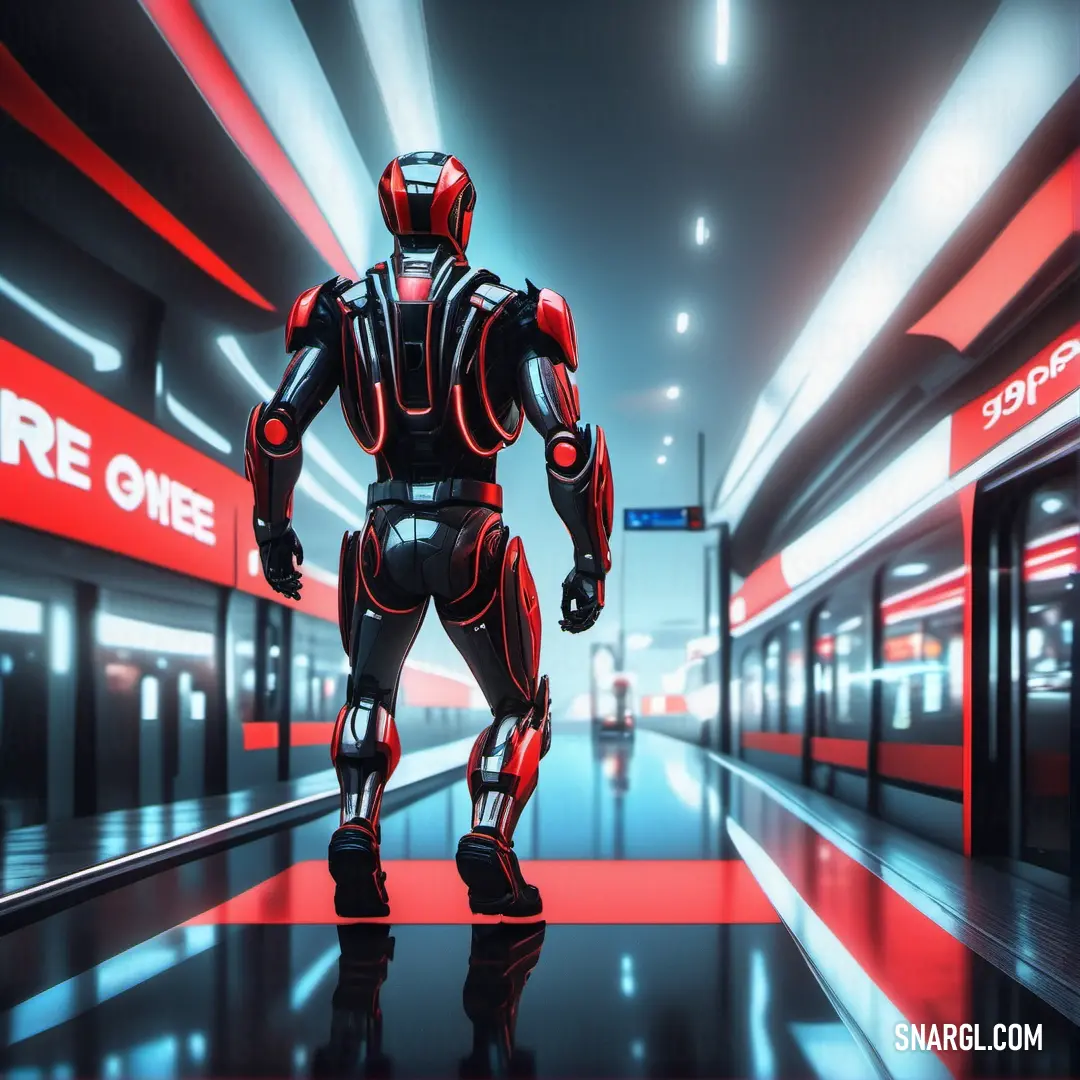
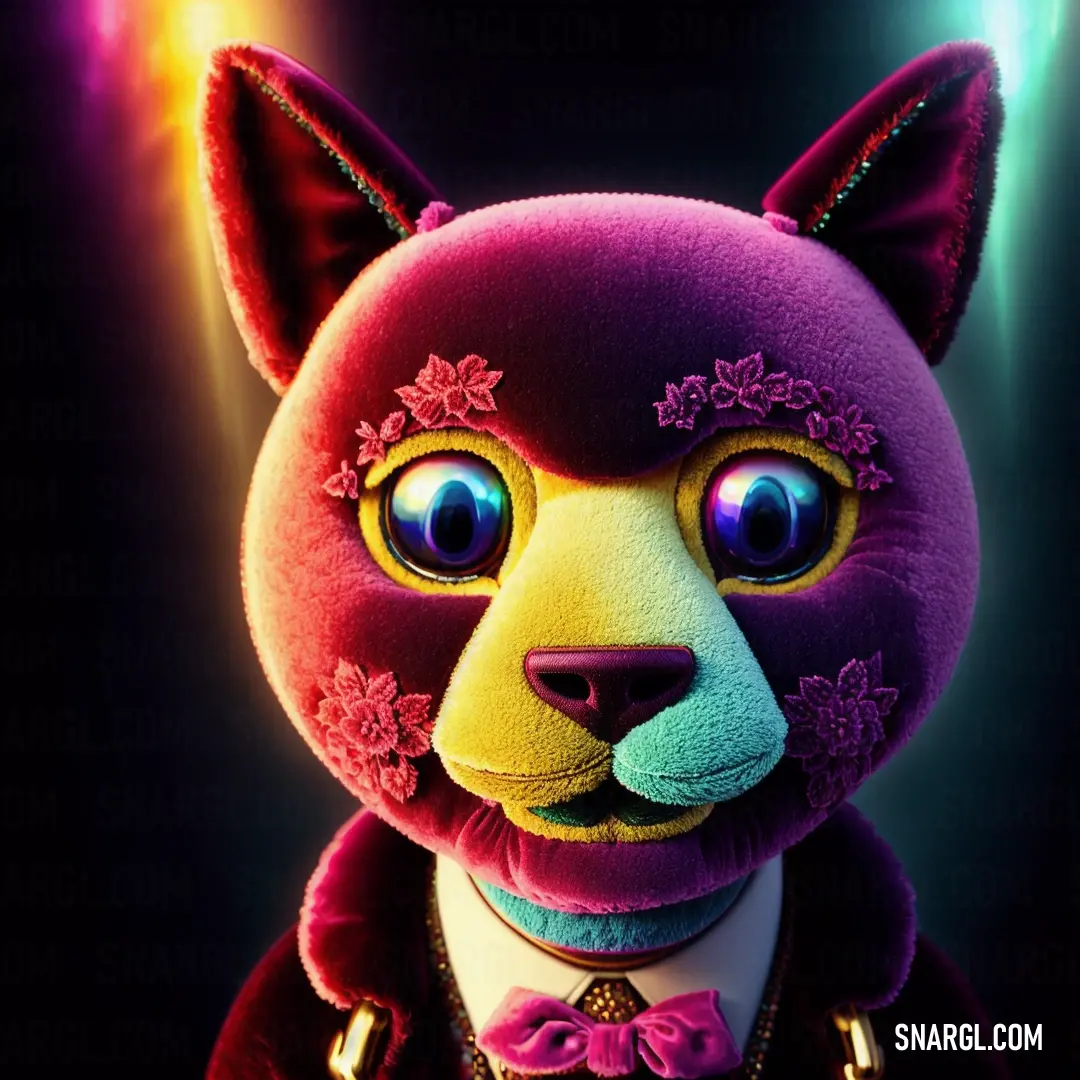
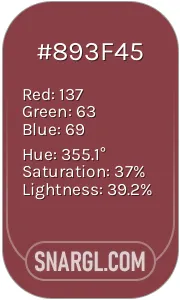 Cordovan
Cordovan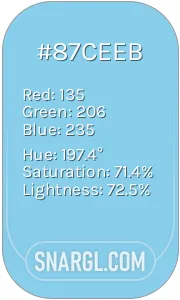 Sky blue
Sky blue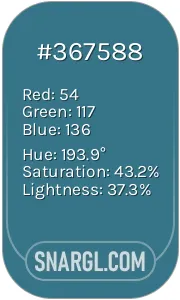 Teal blue
Teal blue



























